-+=Oo.
Minus plus equals the integration of different shapes, which transform themselves while becoming one and many. This is a handmade 16mm dual projection that explores the negative and positive spaces as well as the reuse of residual film material, which eventually turns into underwater particles.
ÁLAMO
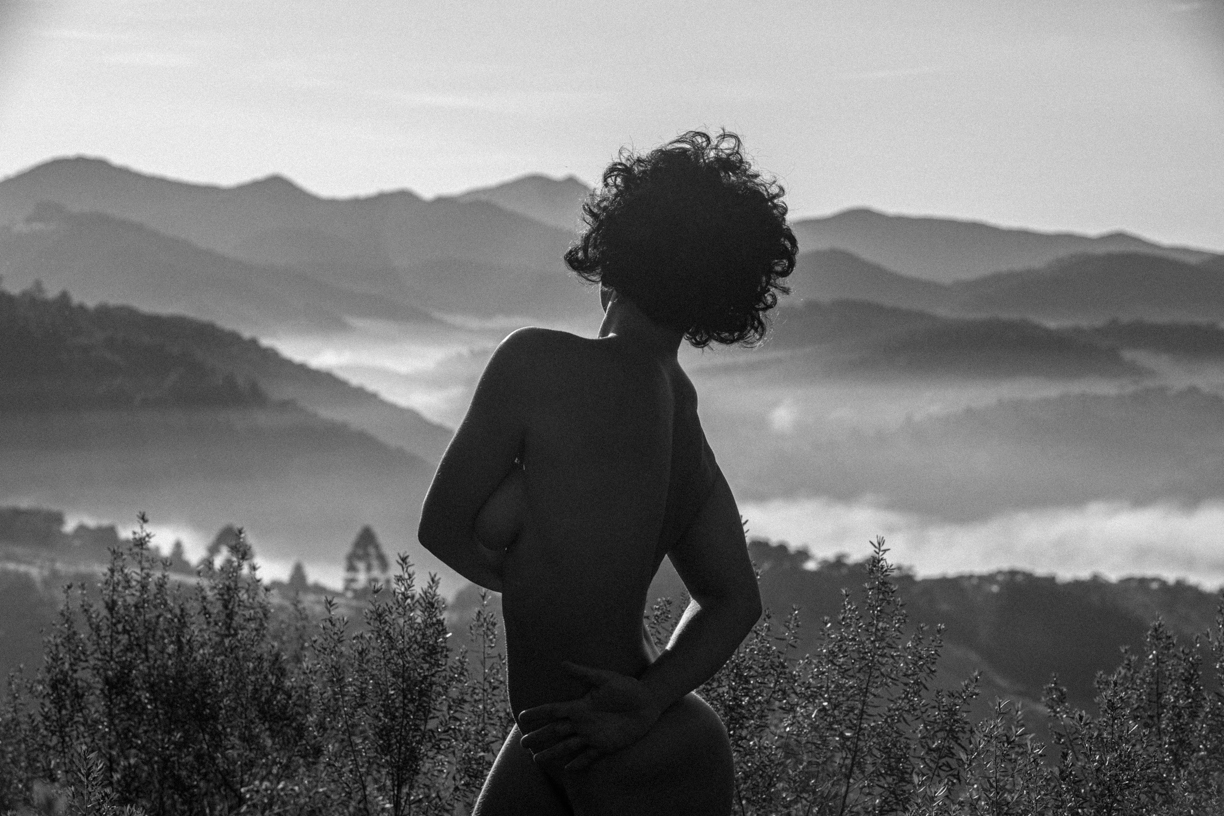
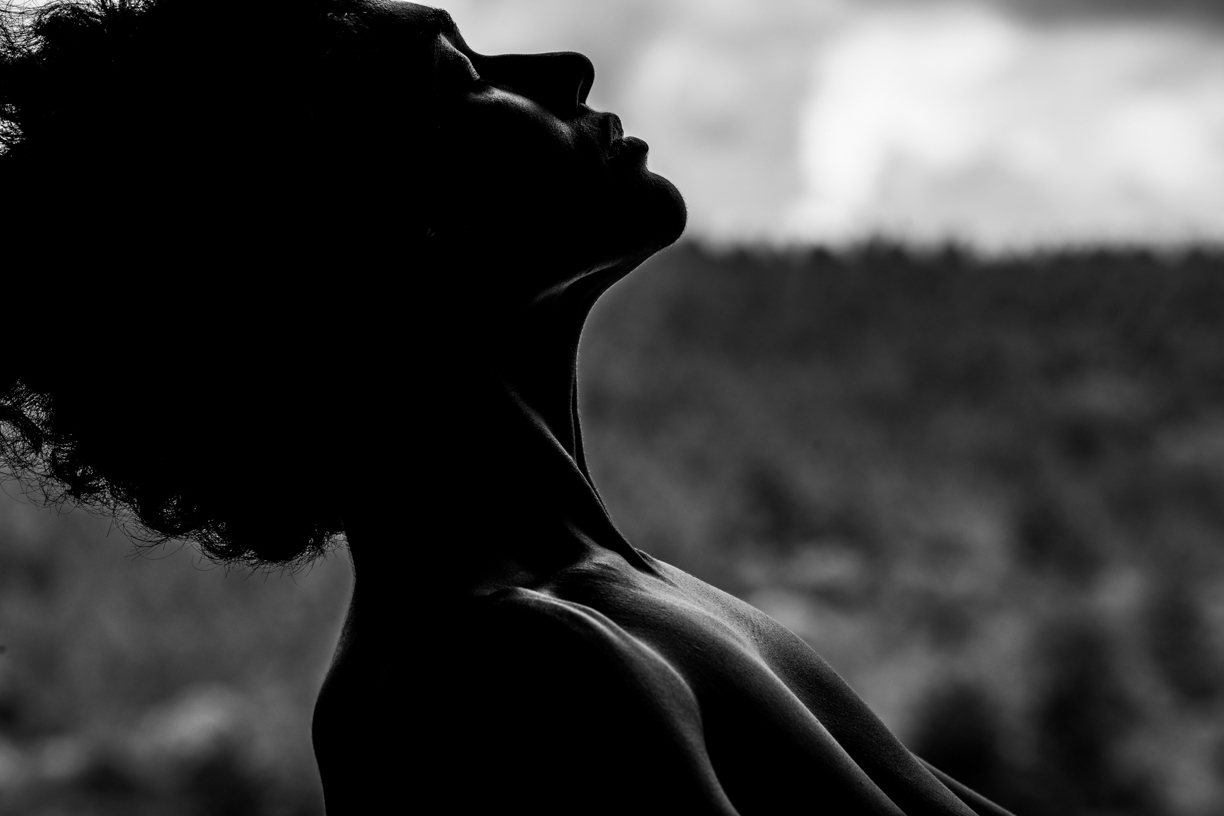
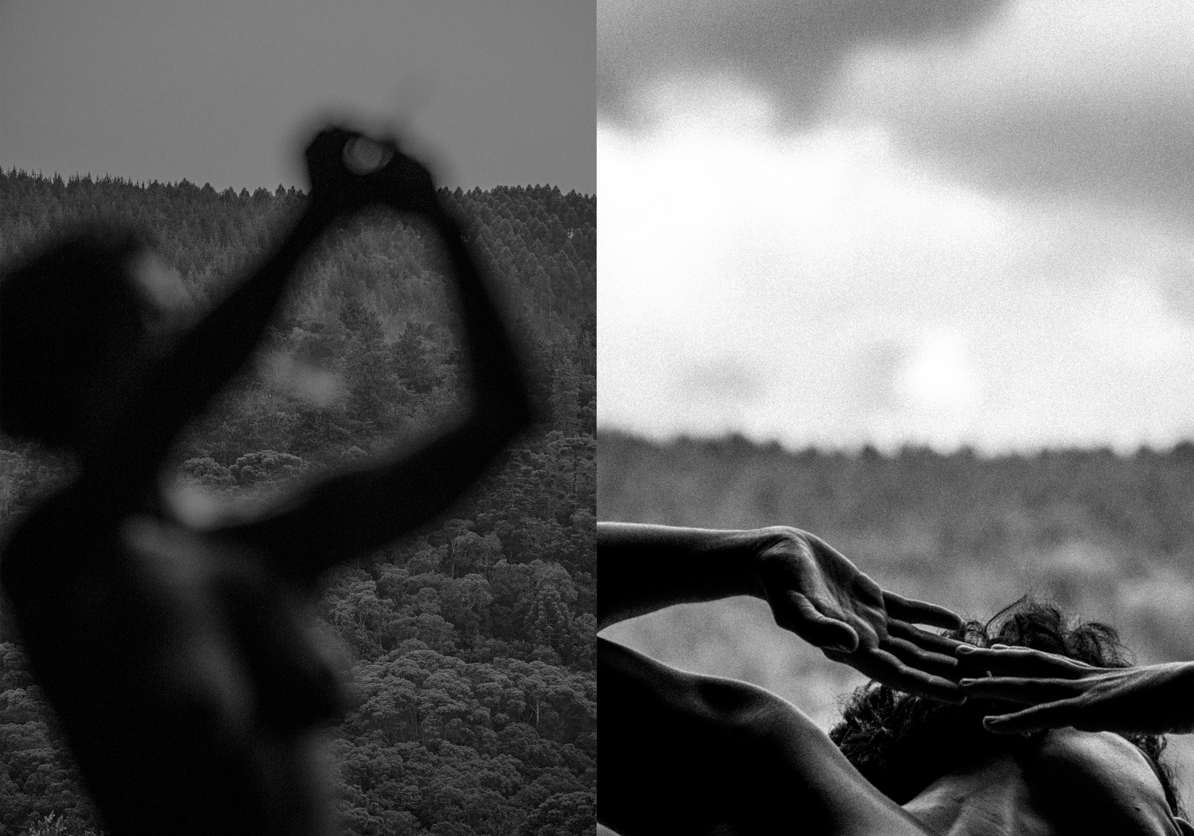
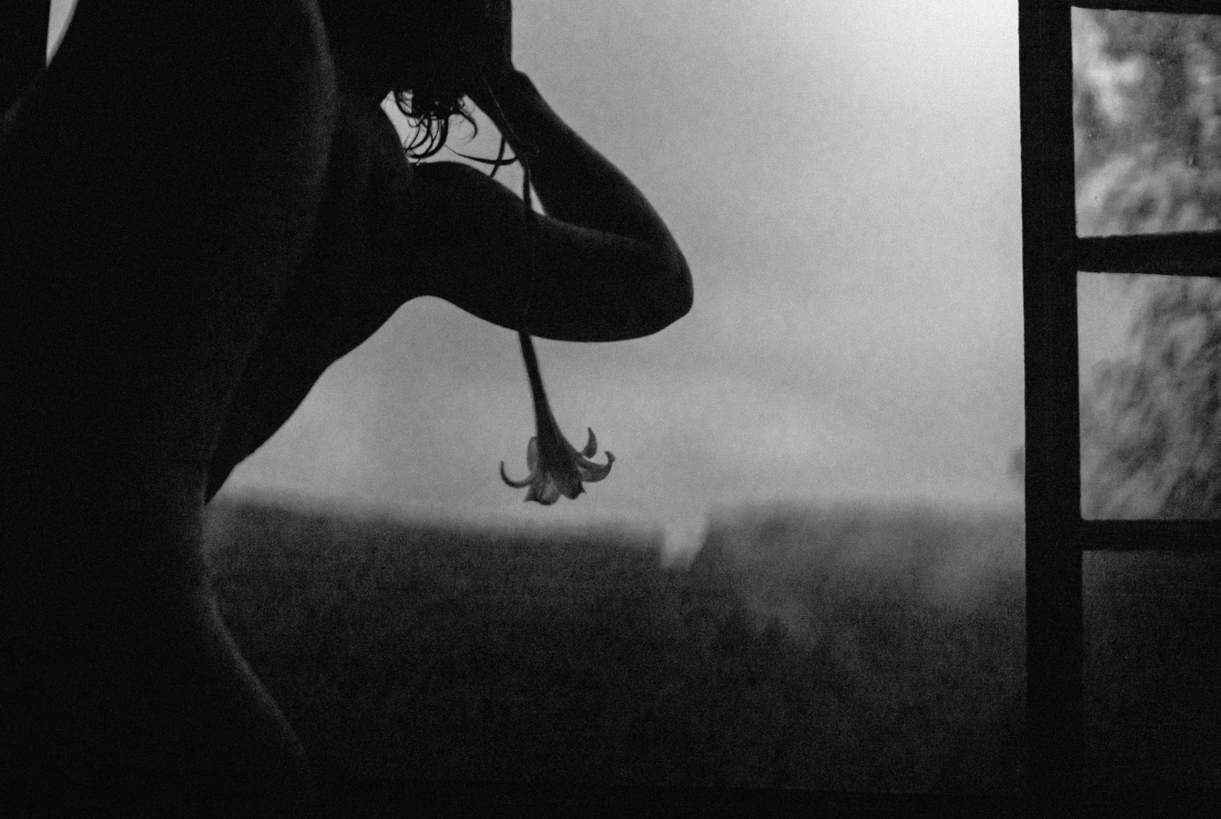
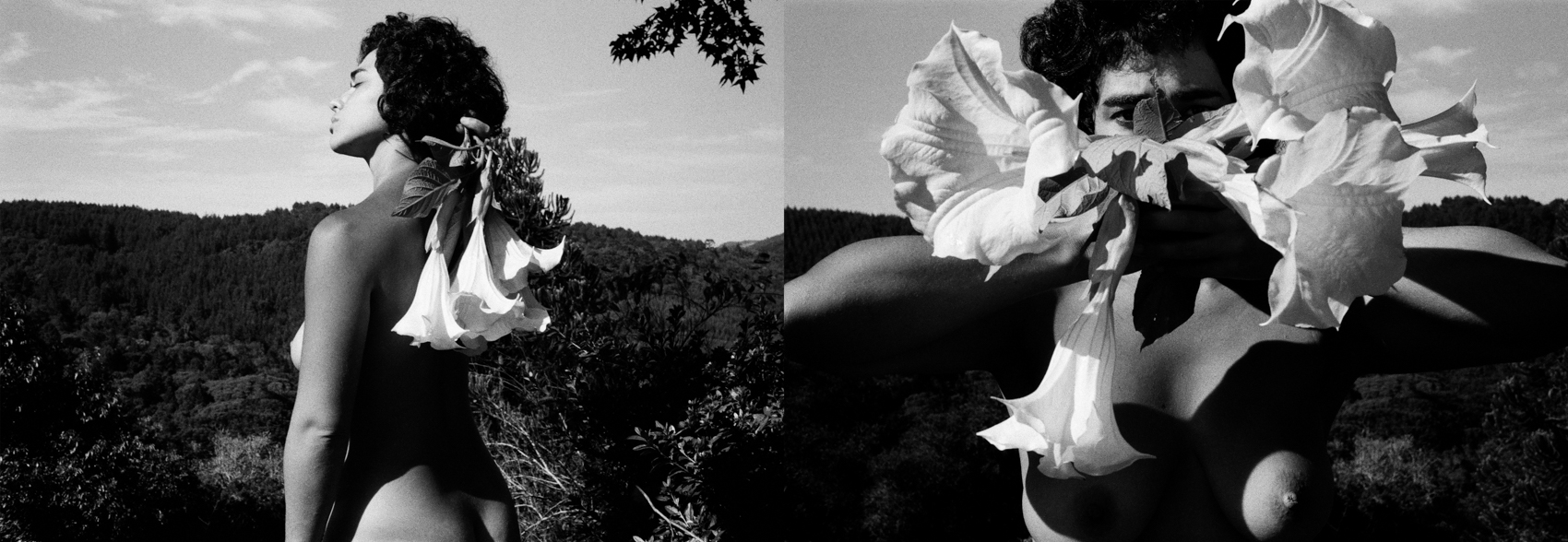


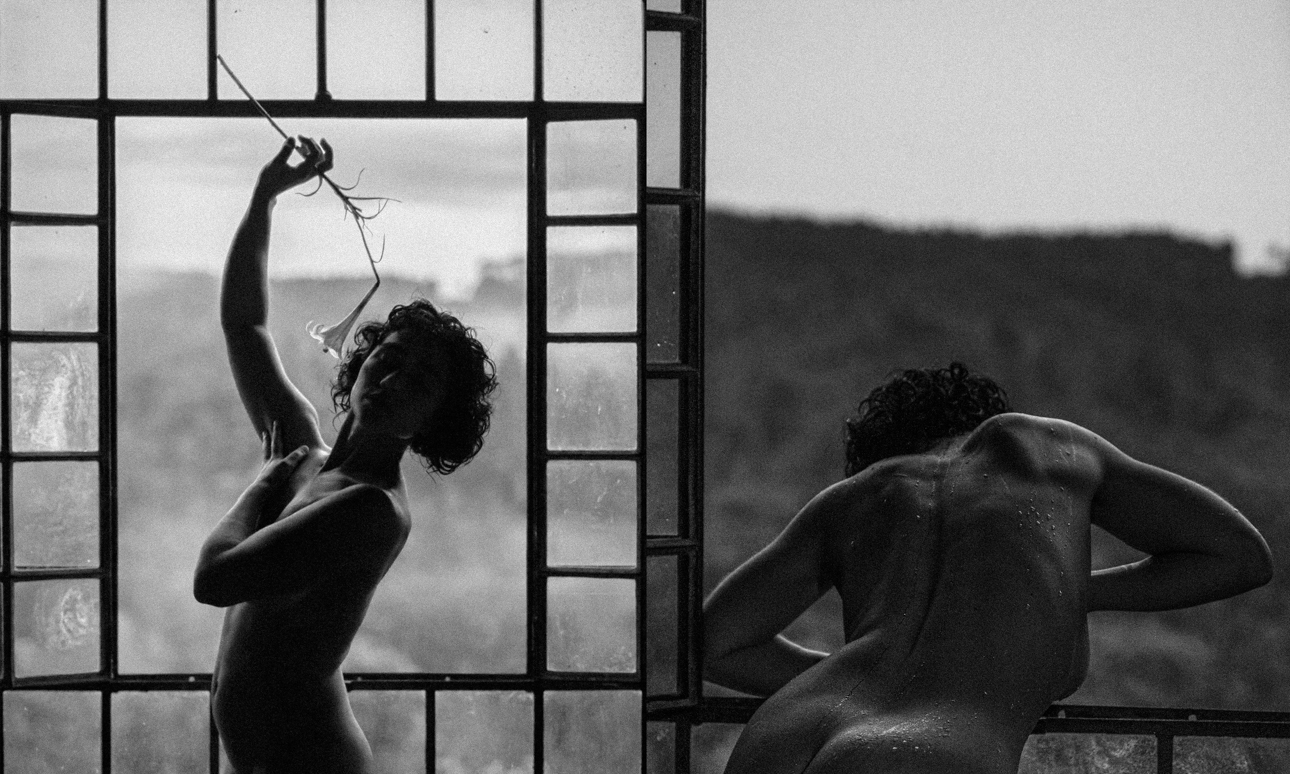
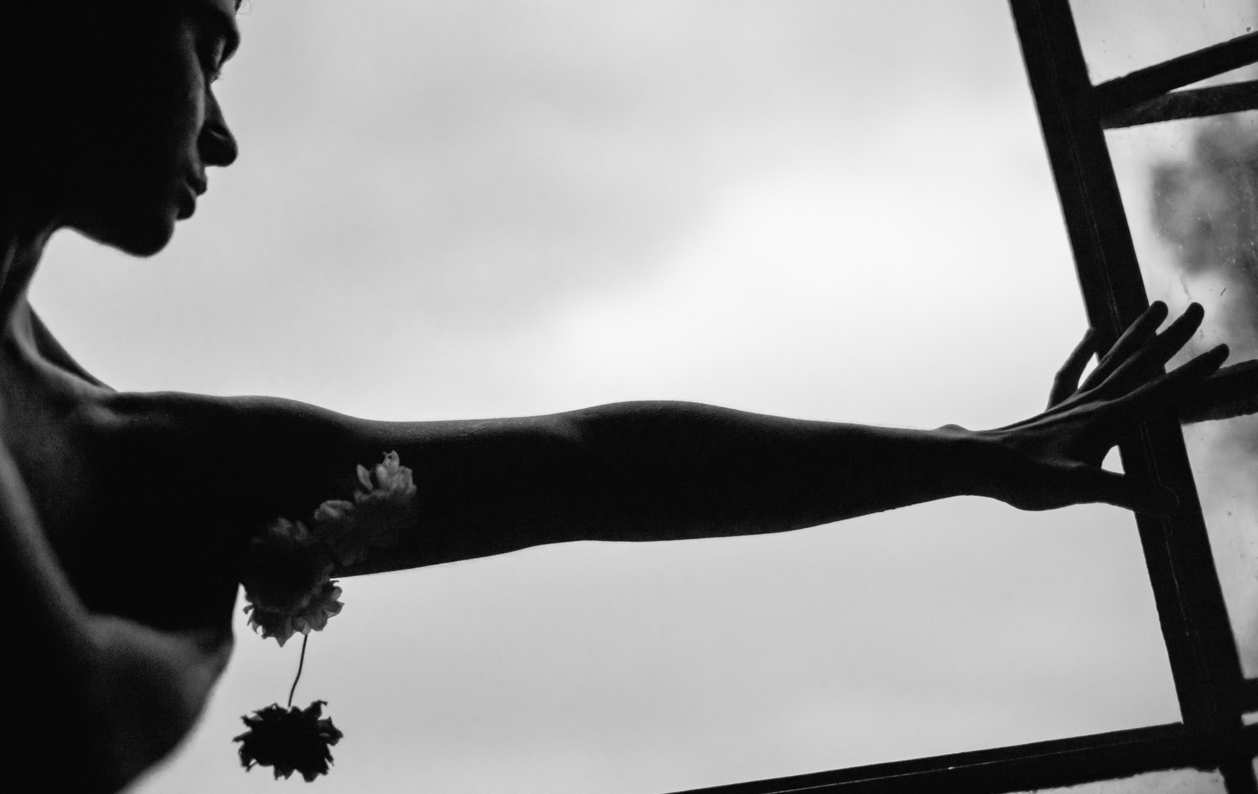
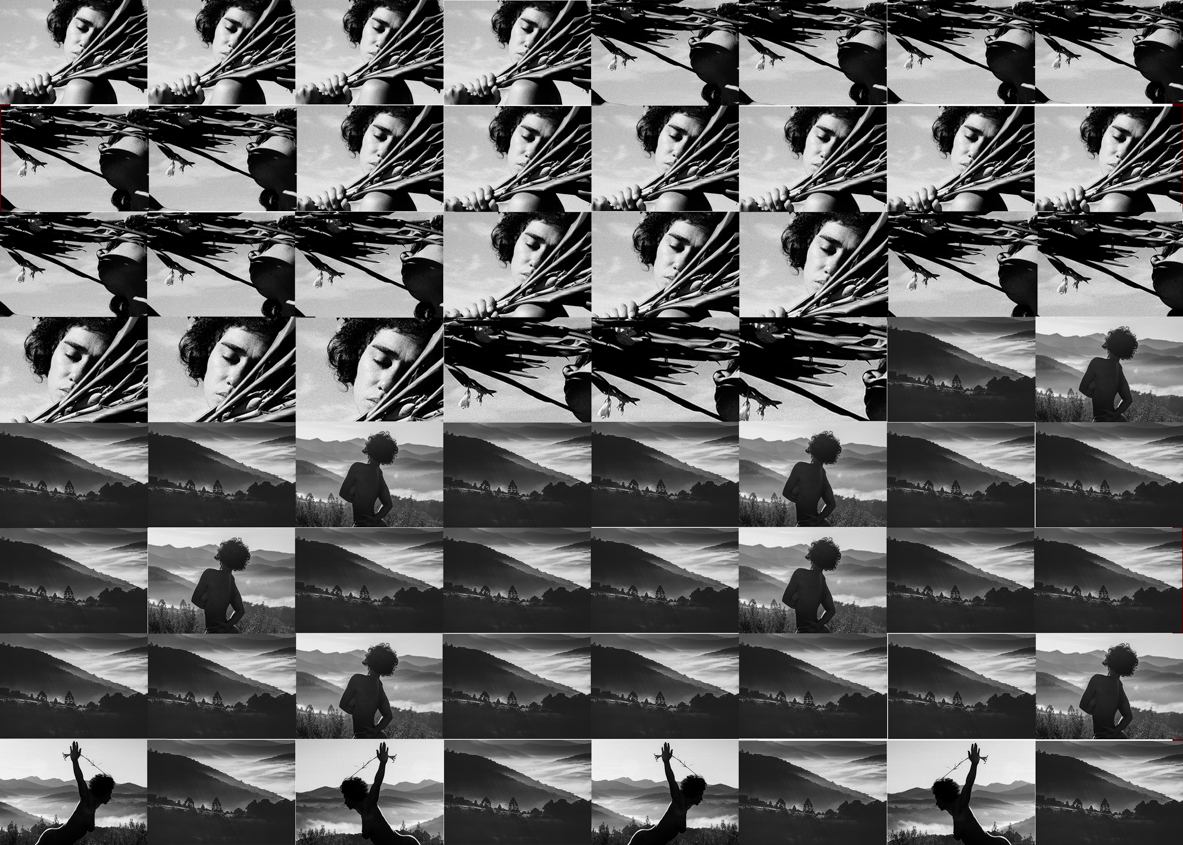
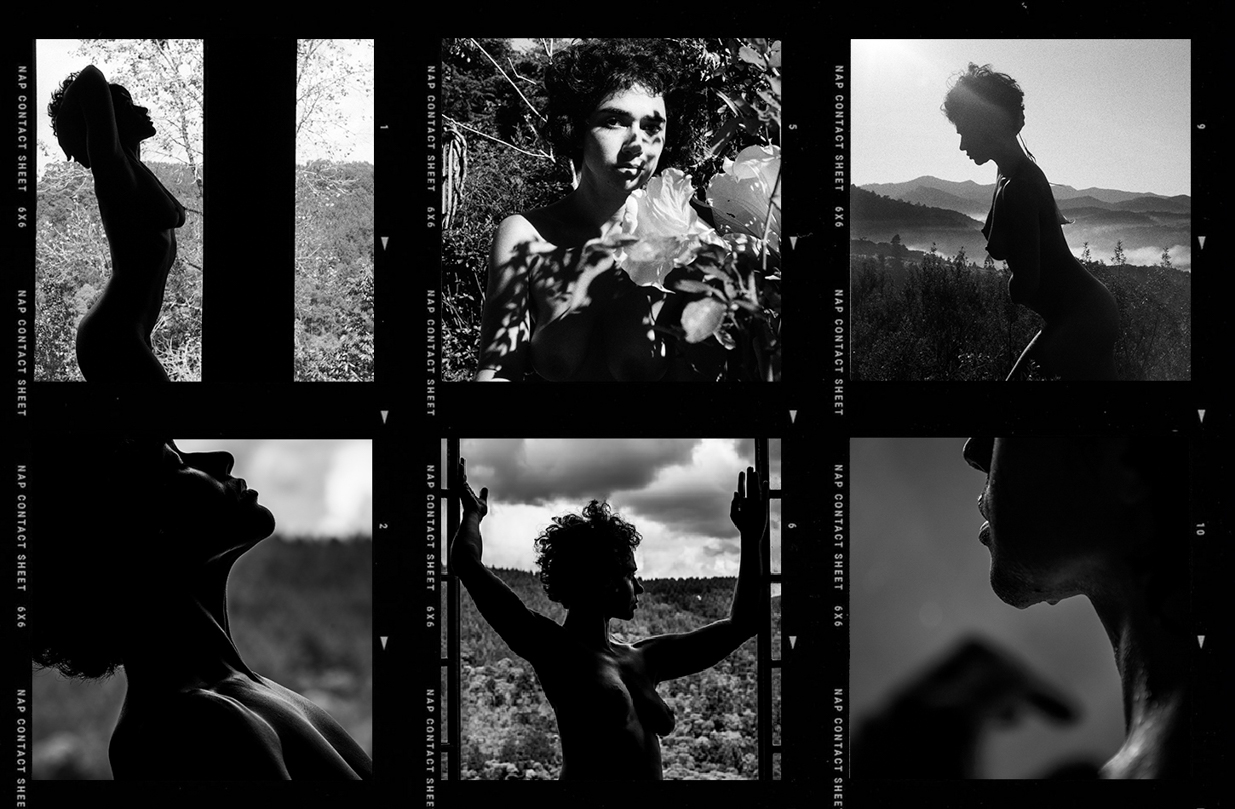
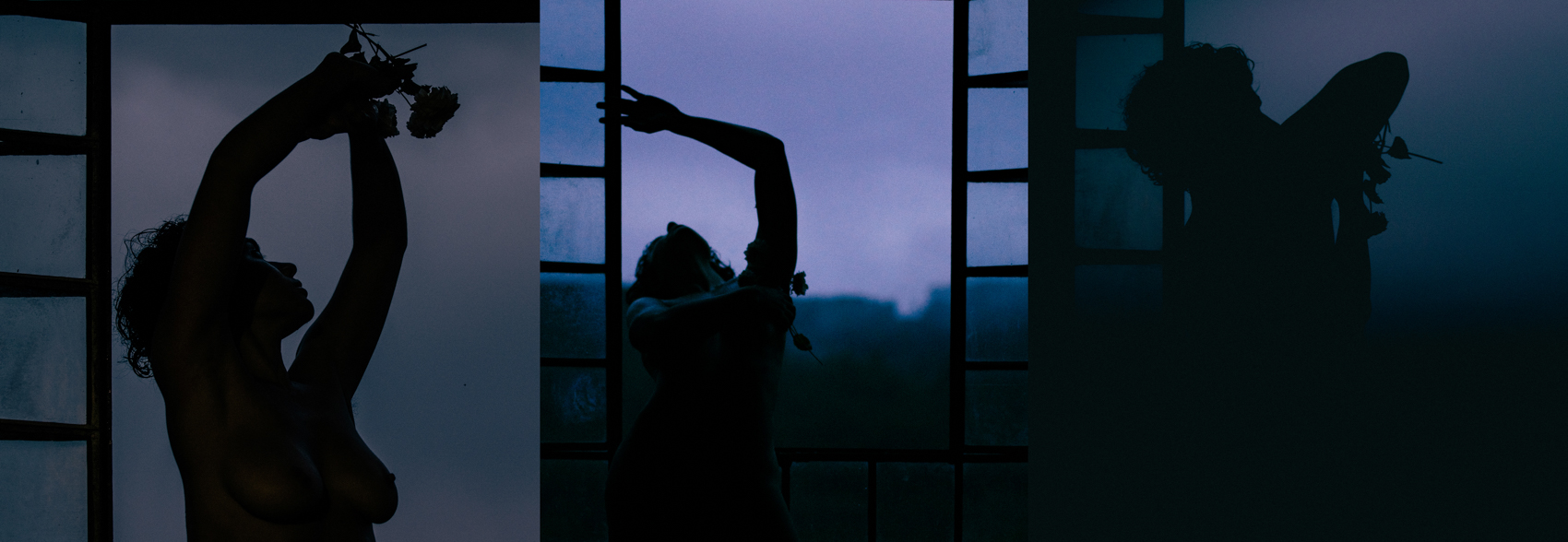
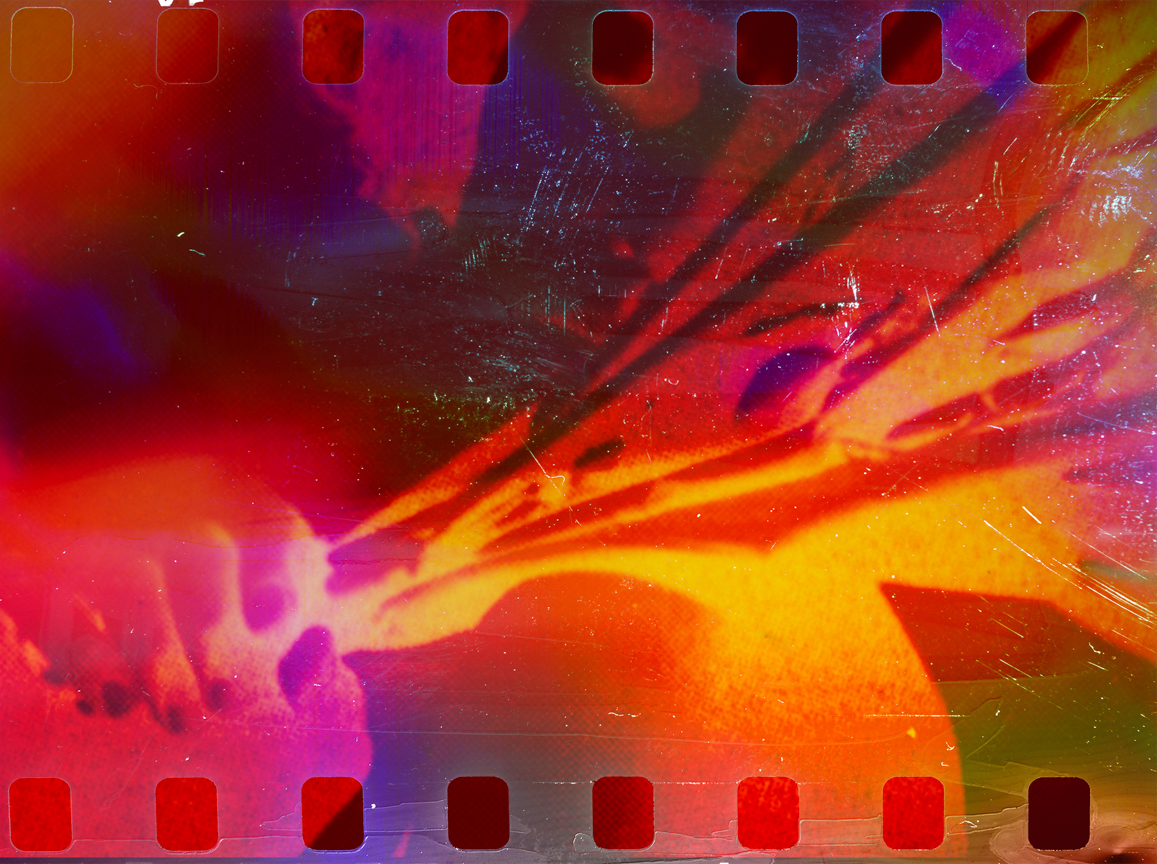
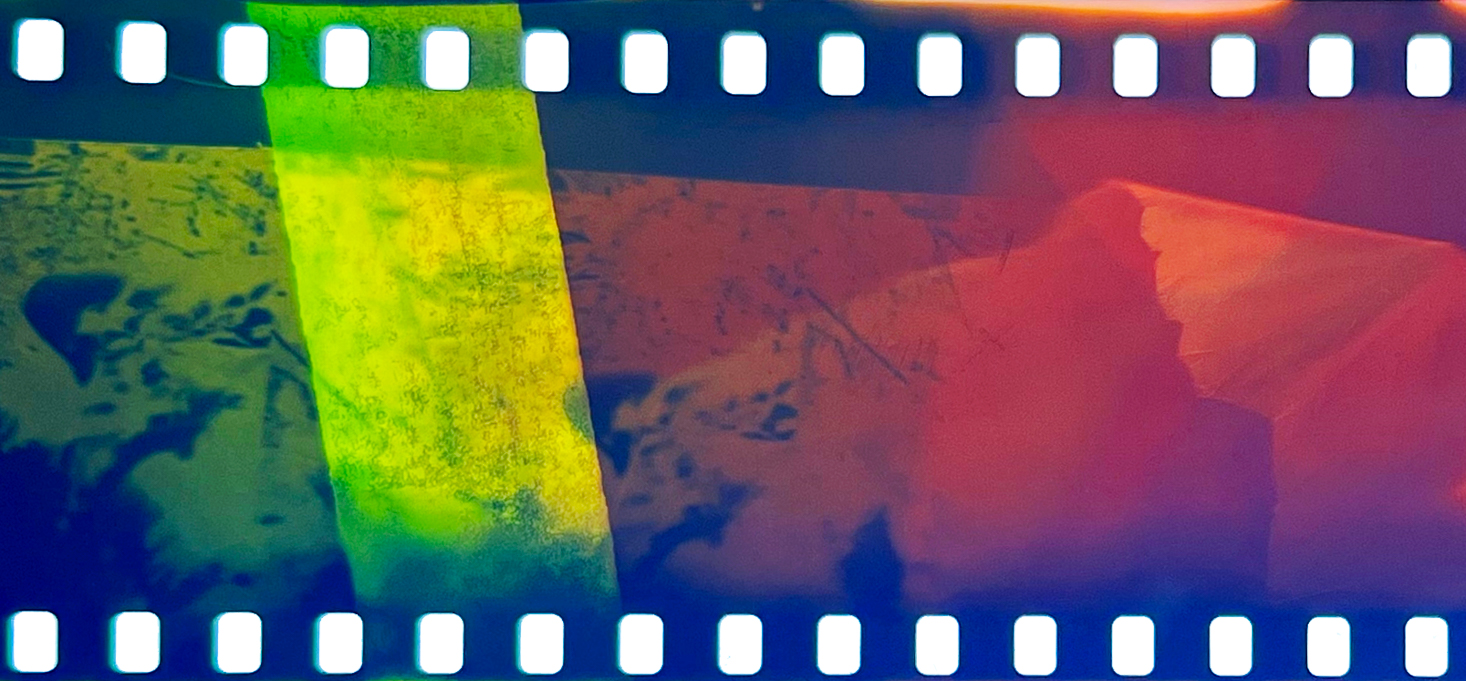
DISTANT MEMORIES
Distant Memories is a participatory multimedia project that builds on the feelings and memories of Brazilians living outside of Brazil during specific years and events.
The project started in 2016, with its first version called, Distant Memories of a Coup.
The second segment of the project, Distant Memories of Asphyxias, took place in 2021.
Distant Memories combines poetic, experimental, participatory, and observational approaches and builds on participants’ personal reflections through postcards, audio interviews, and Super 8mm footage. Each of these mediums explores participants’ memories and feelings about living in exile during the political crises.
Any Brazilian residing anywhere outside of Brazil was invited to participate.
The project serves as a repository for the feelings and memories of these Brazilians living abroad during the political crisis. In addition to serving as a collective historical archive, it also aims to empower and connect those who share similar thoughts and emotions.
Distant Memories of a Coup
2016 was when the then-president Dilma Rousseff was impeached for breaking budgetary laws. This was a highly-contested political event, with many Brazilians opposing Rousseff’s impeachment and seeing it as a coup d’état that infringed Brazil’s democratic system.
The participants varied in age, region of origin in Brazil, country of current residence, and time living abroad. In total, 72 people participated in the first phase of the project. All of them opposed the impeachment process of Dilma Rousseff and were given the choice to remain anonymous or sign their post cards.
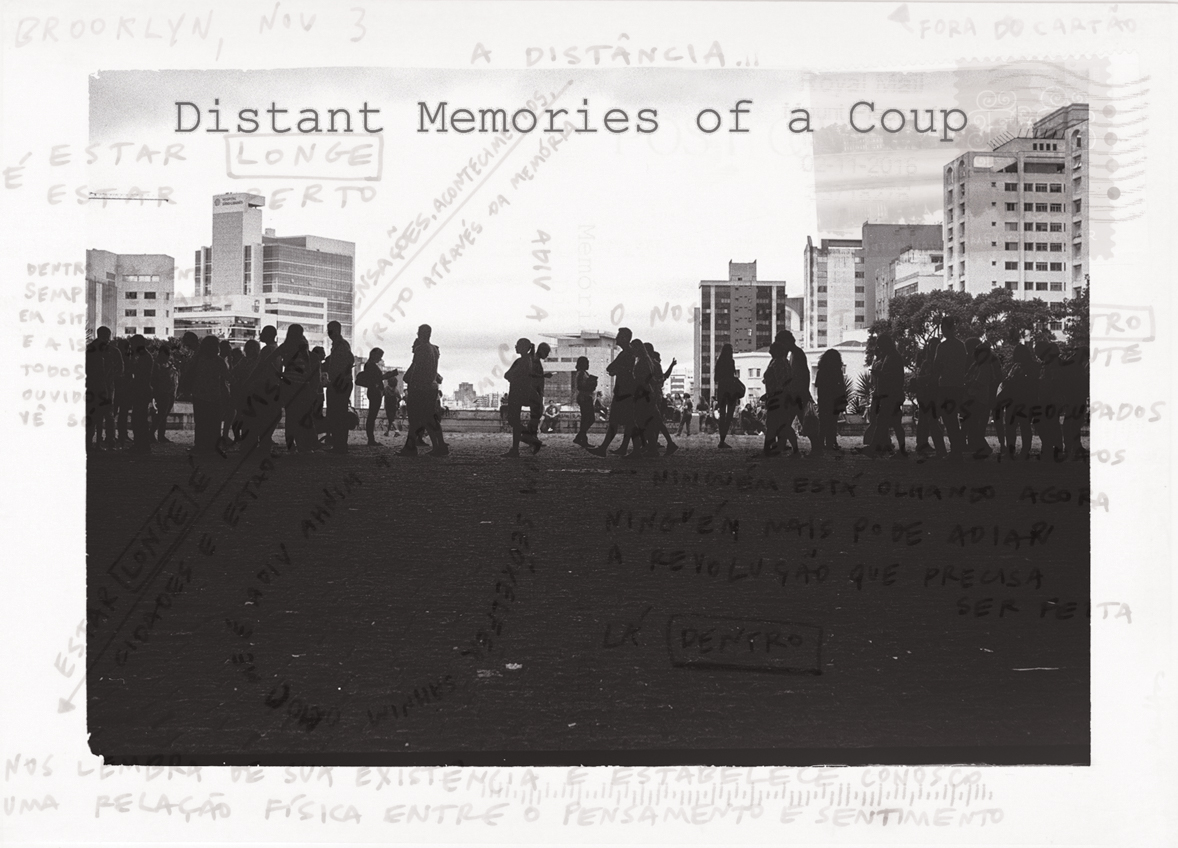

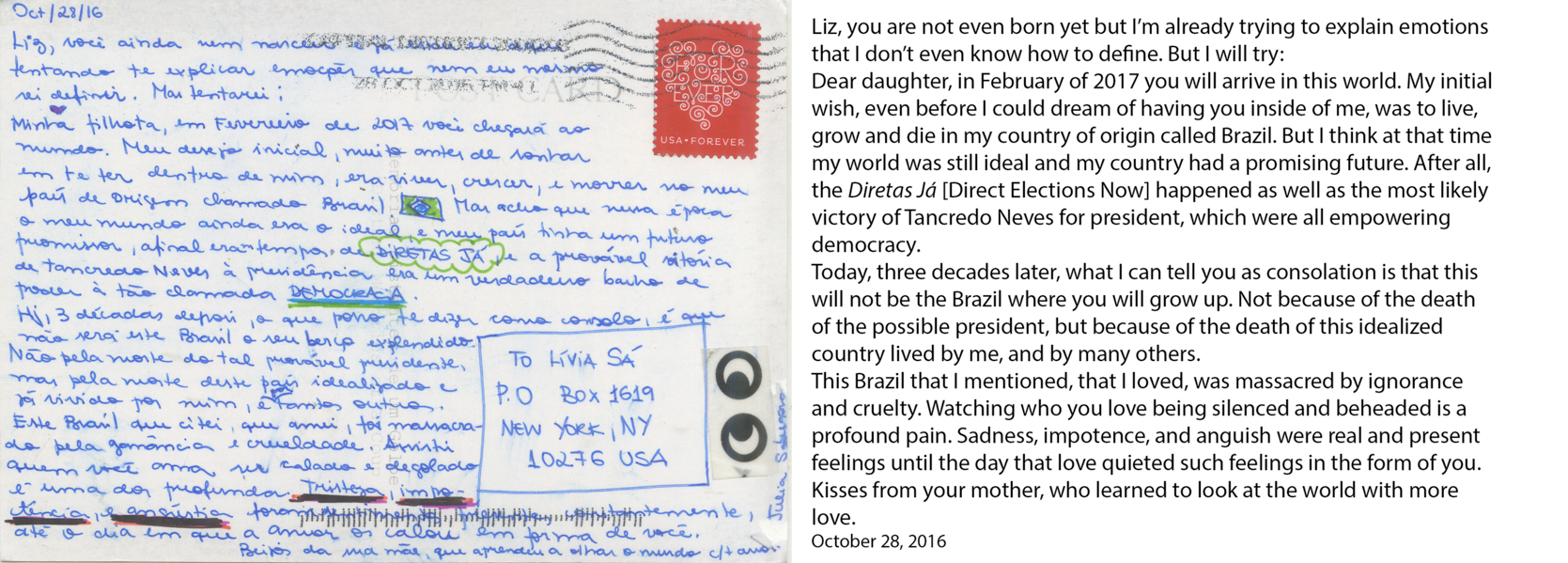
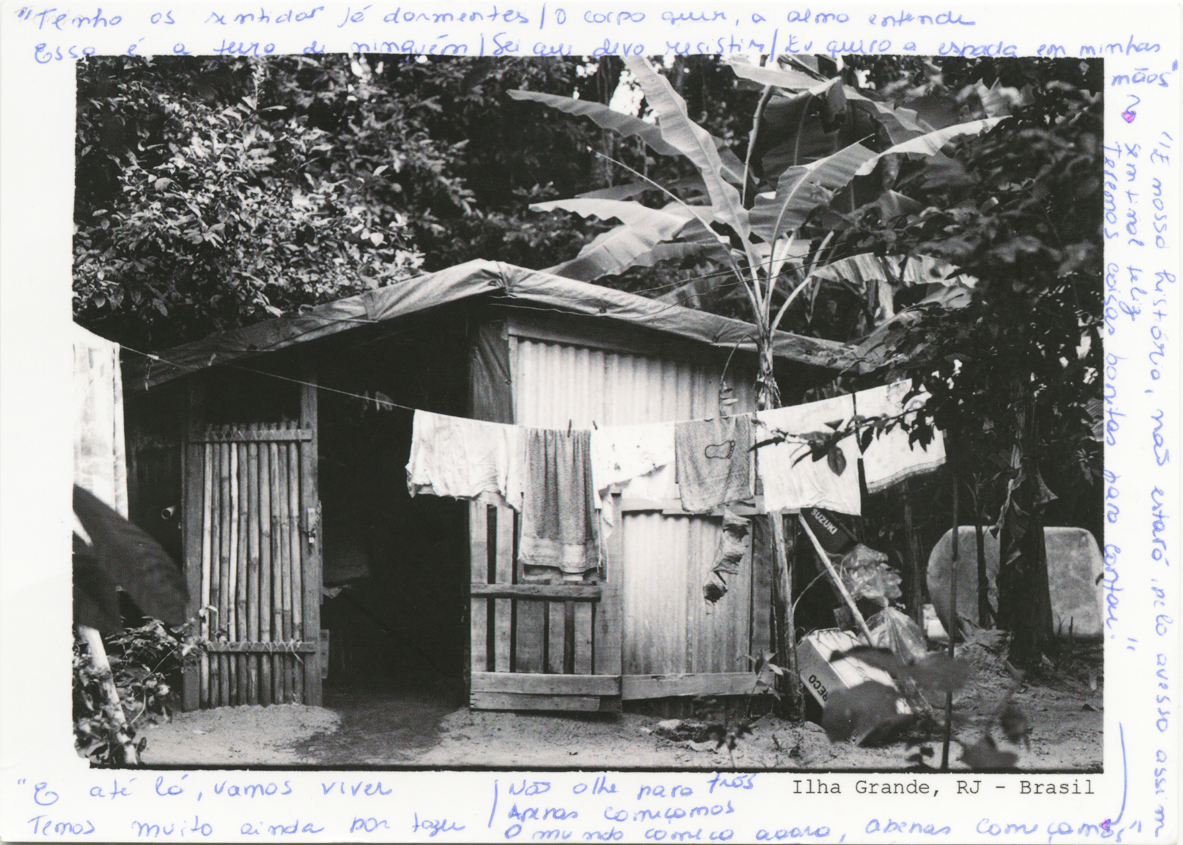
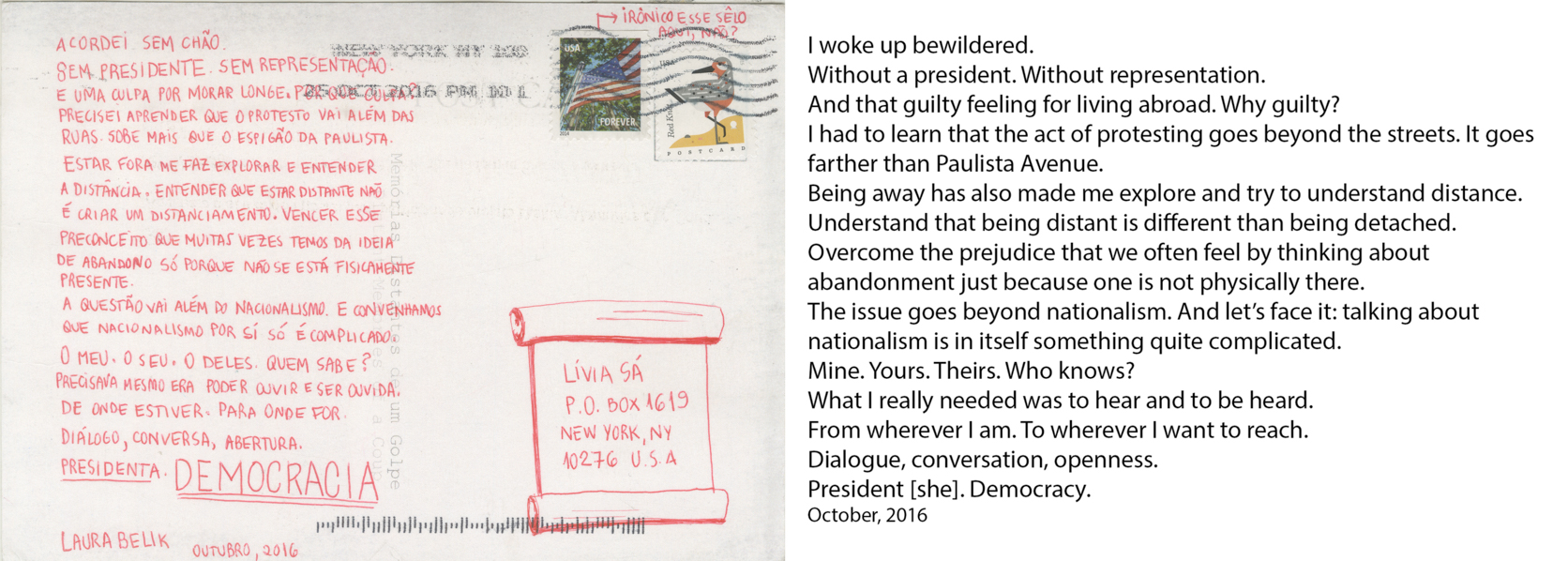
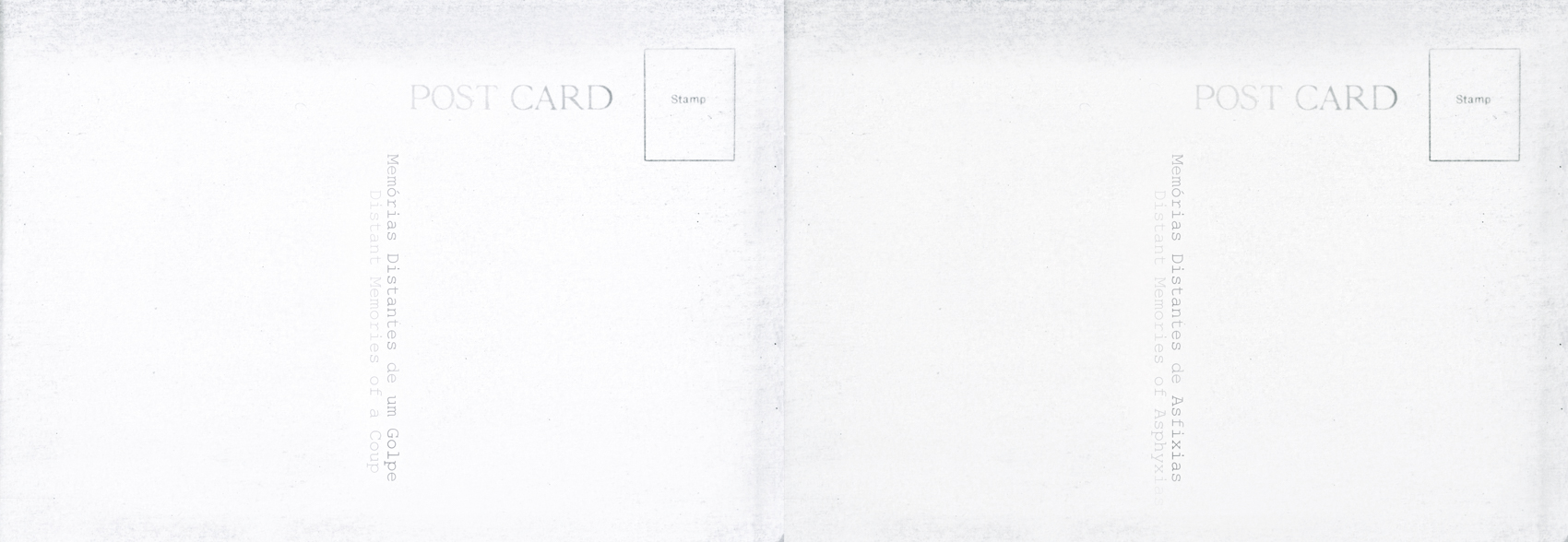
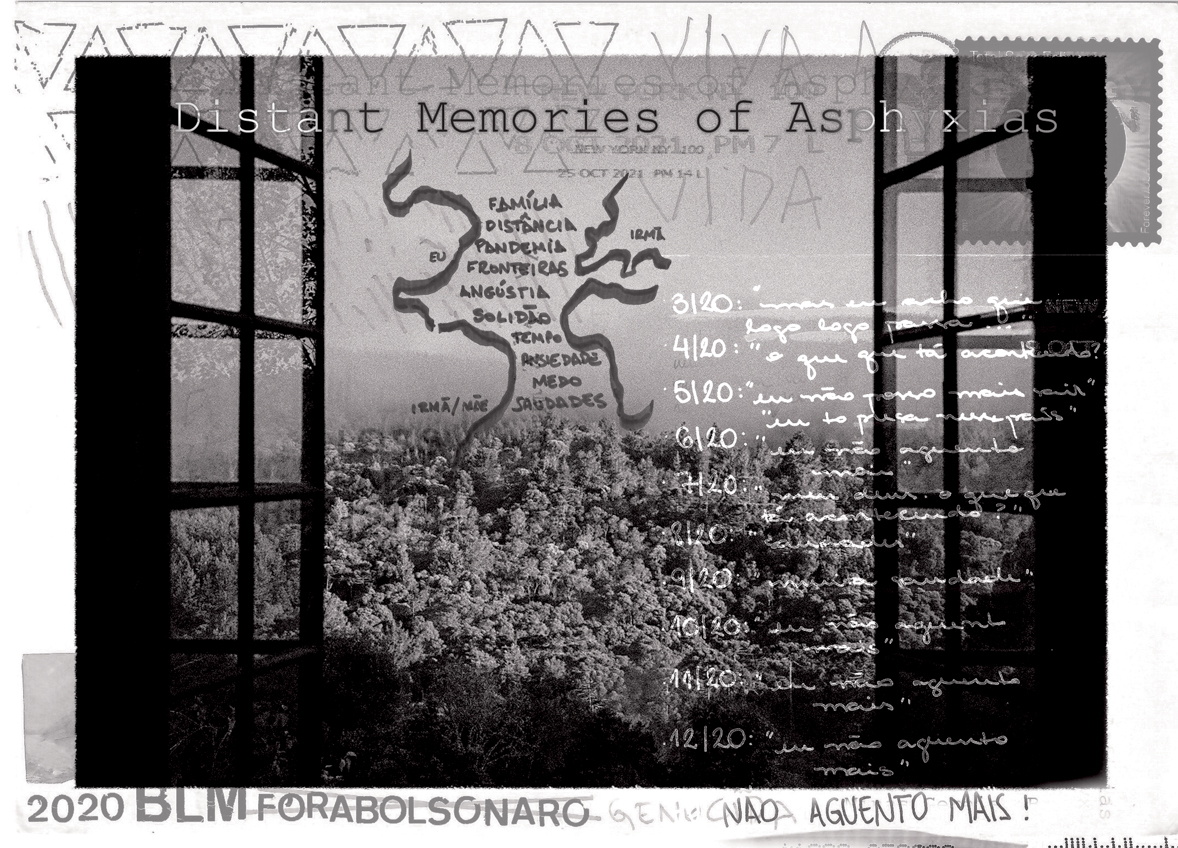

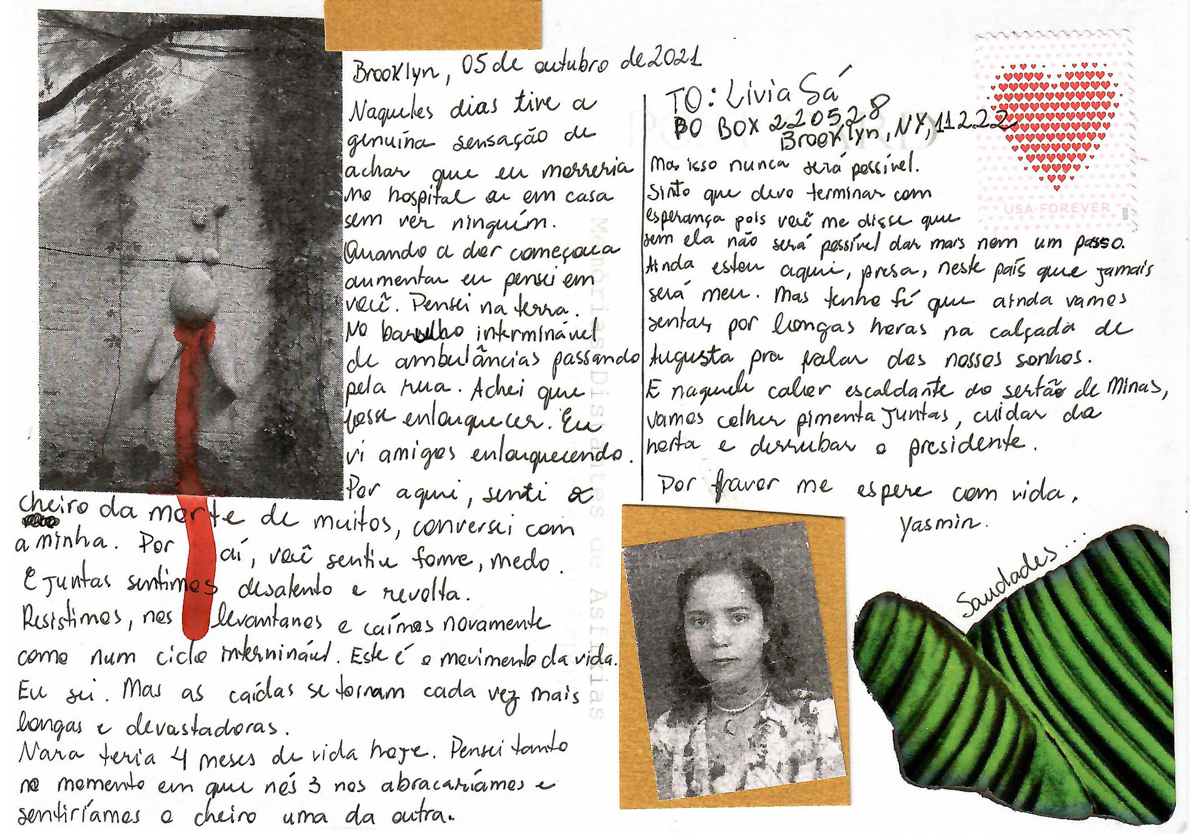

DOUBLE CHILE
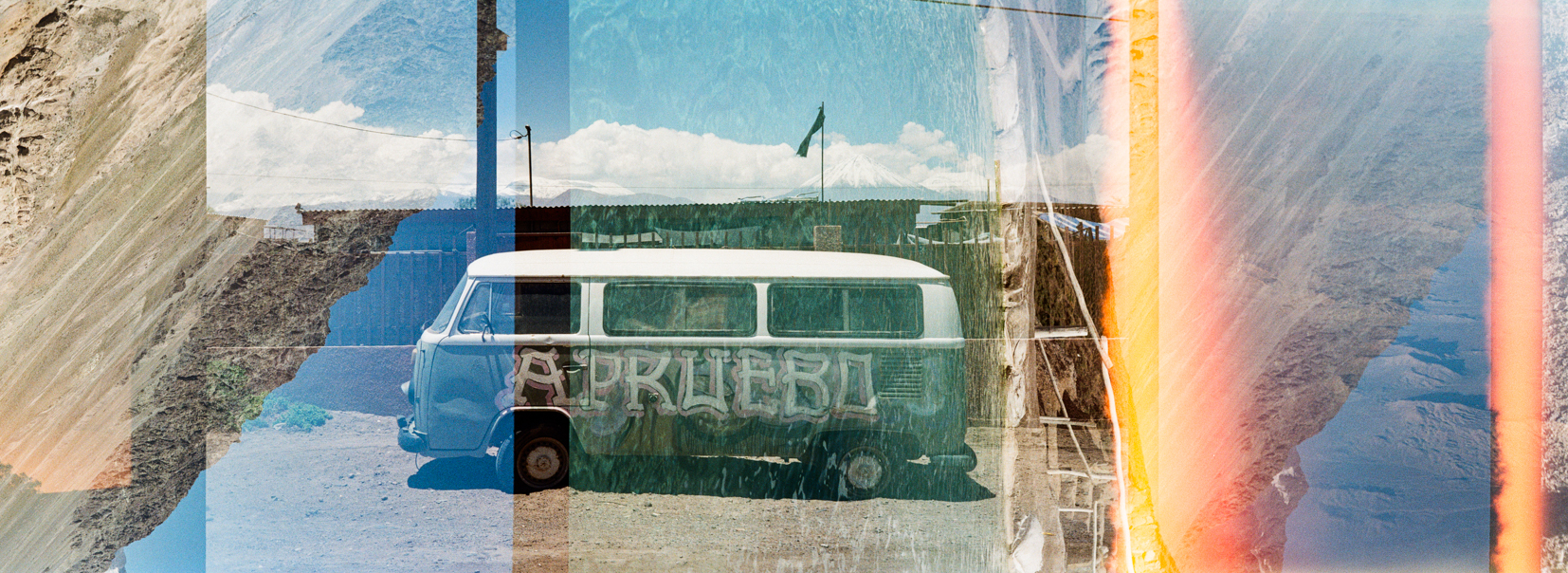
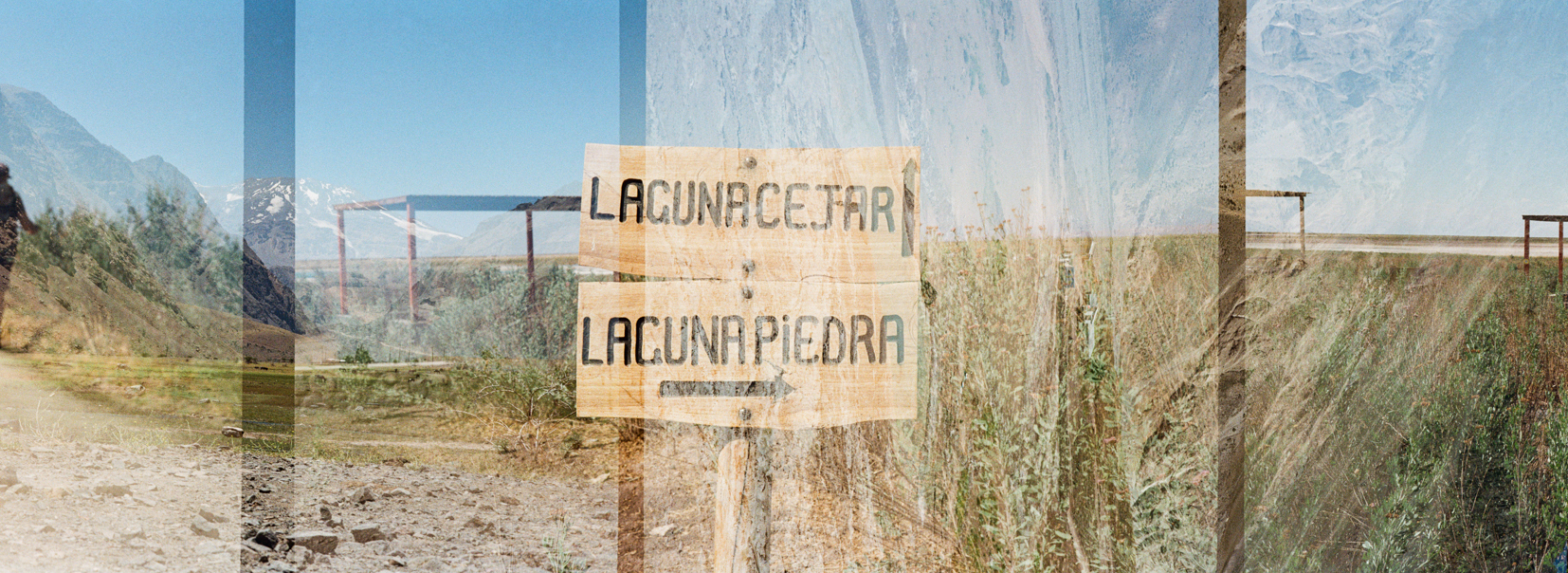
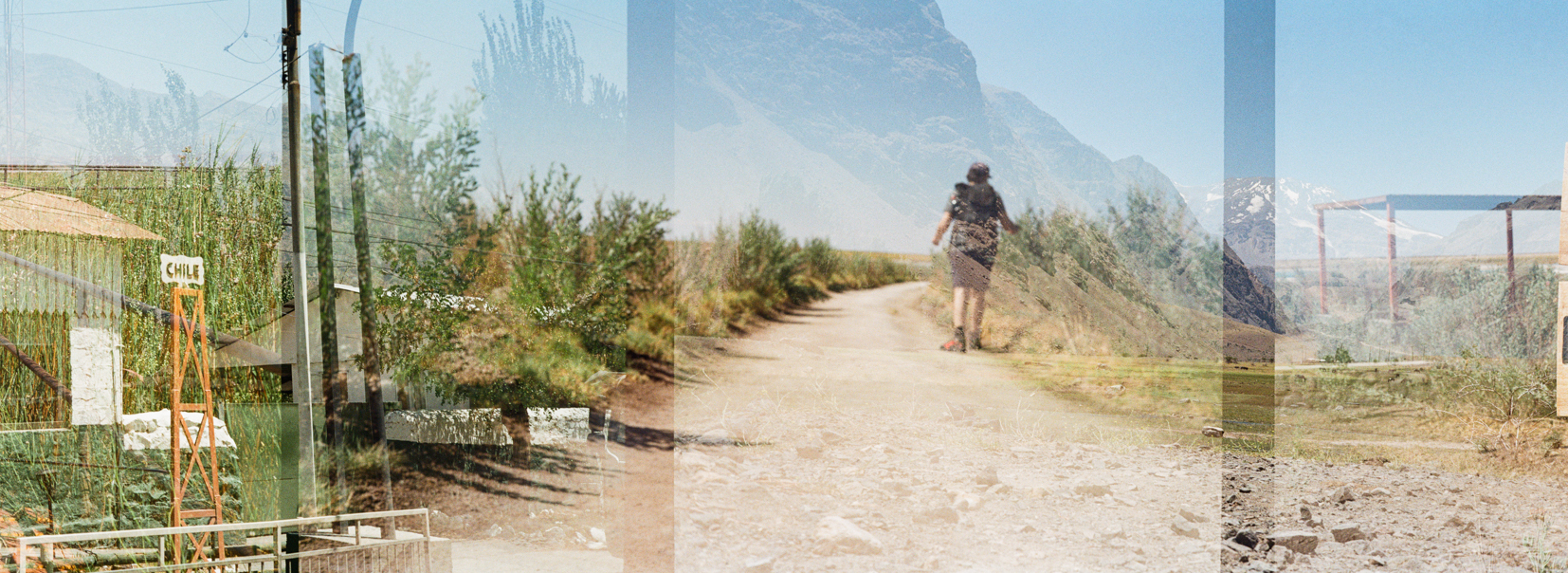
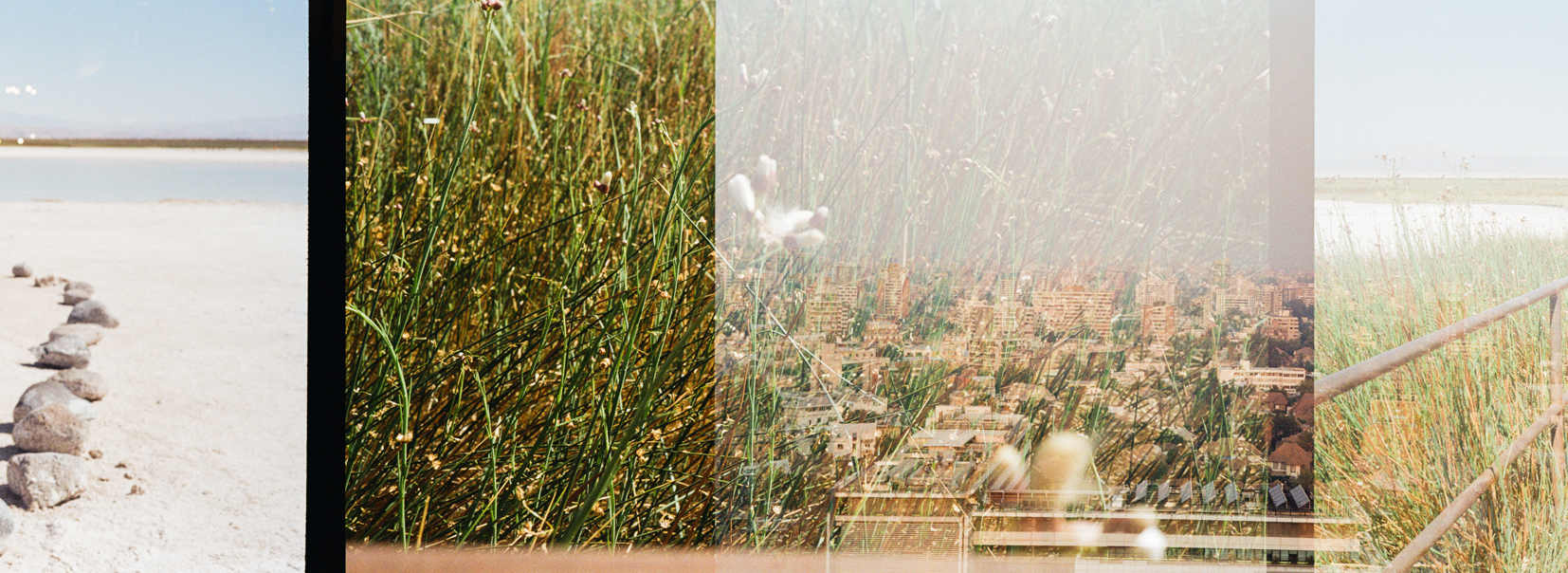
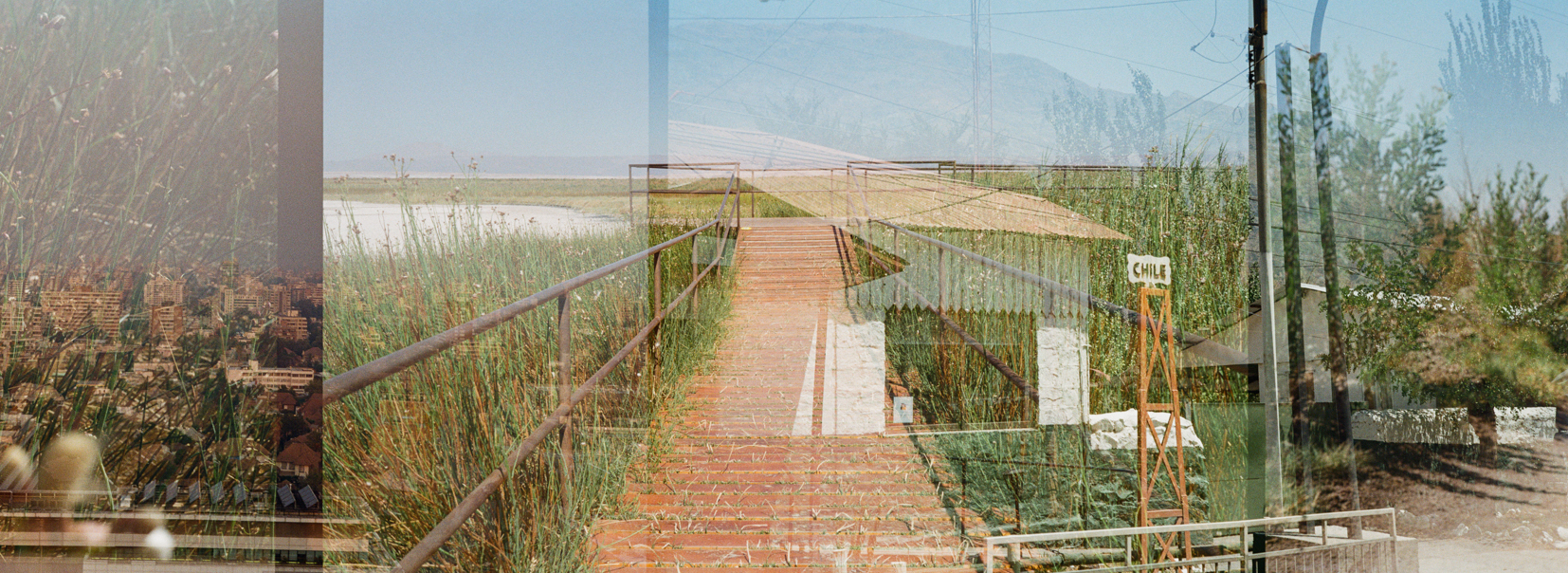
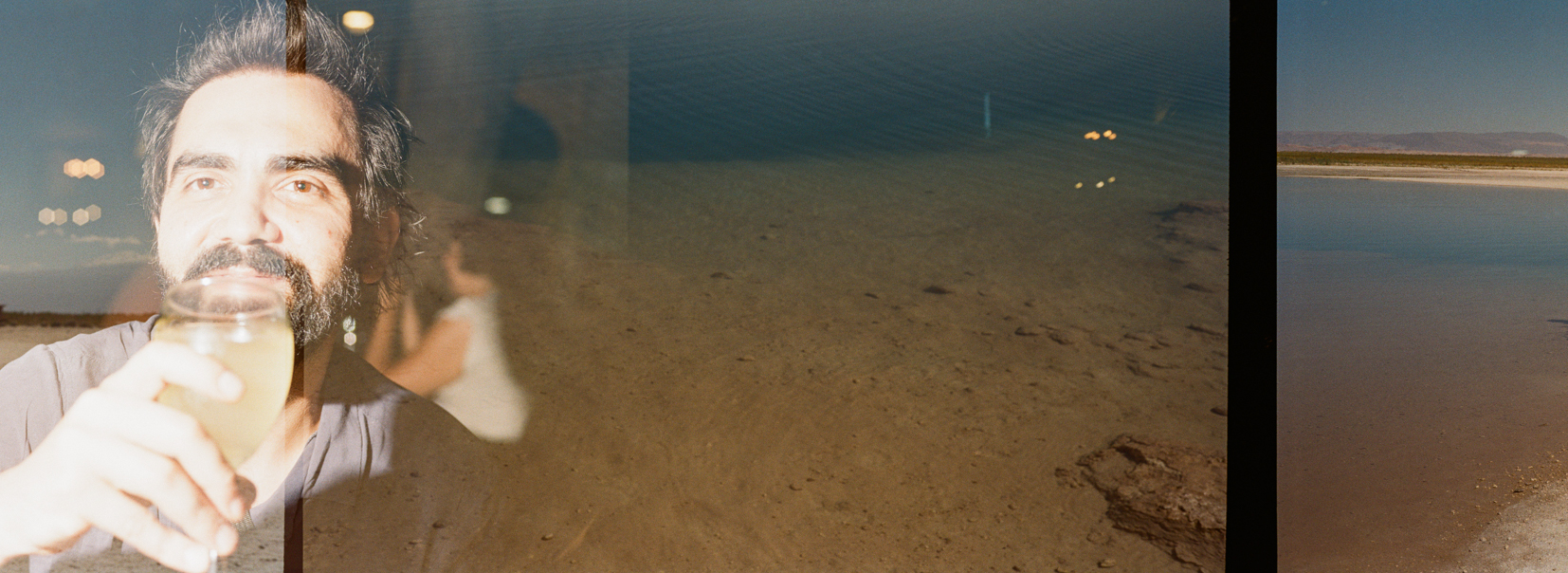
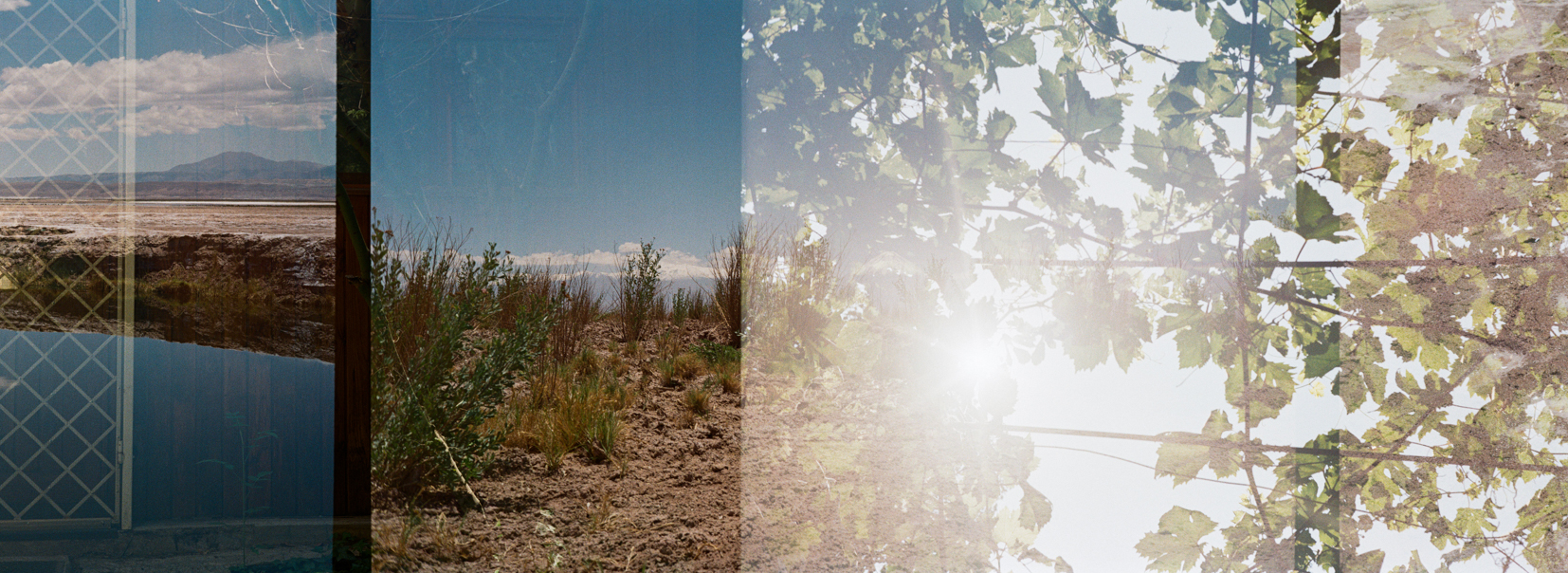
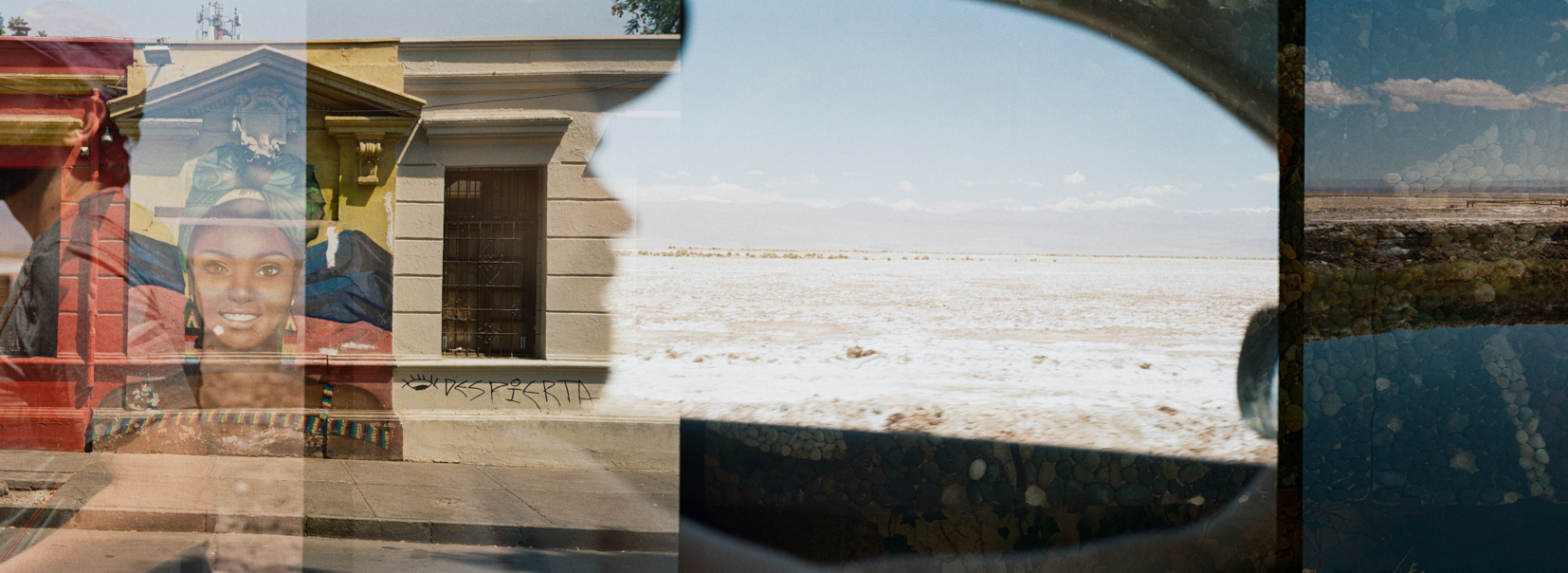
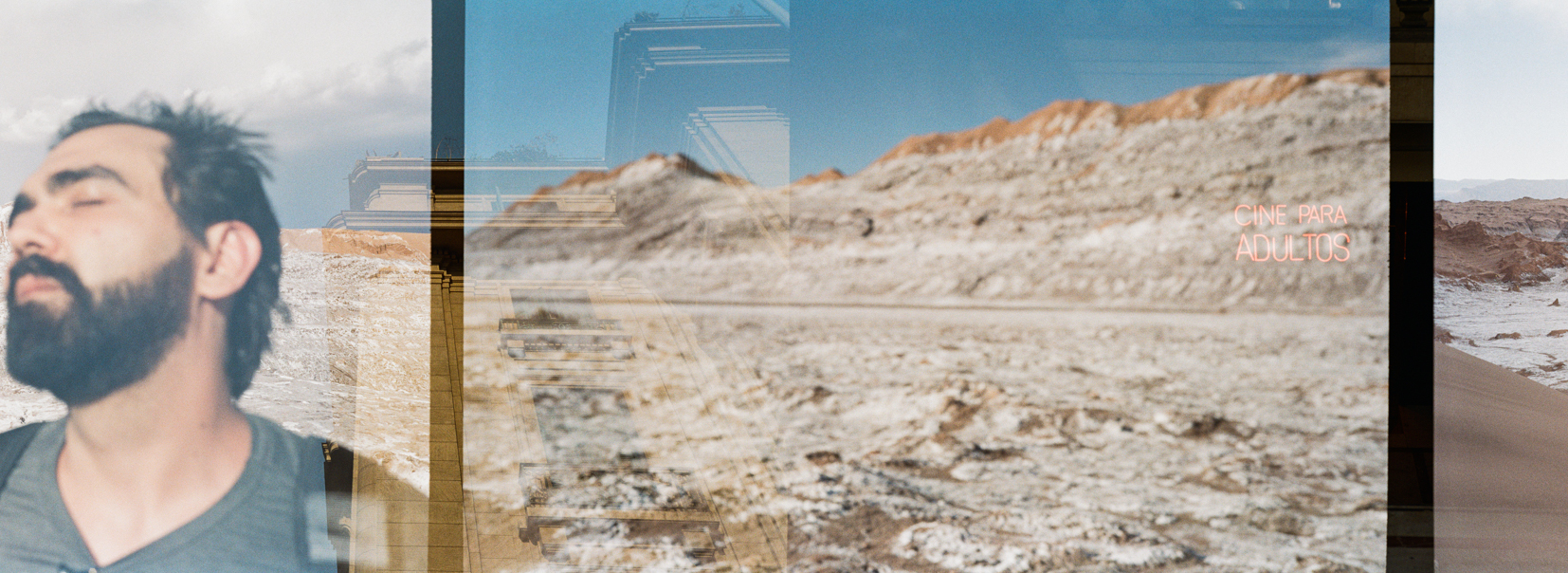
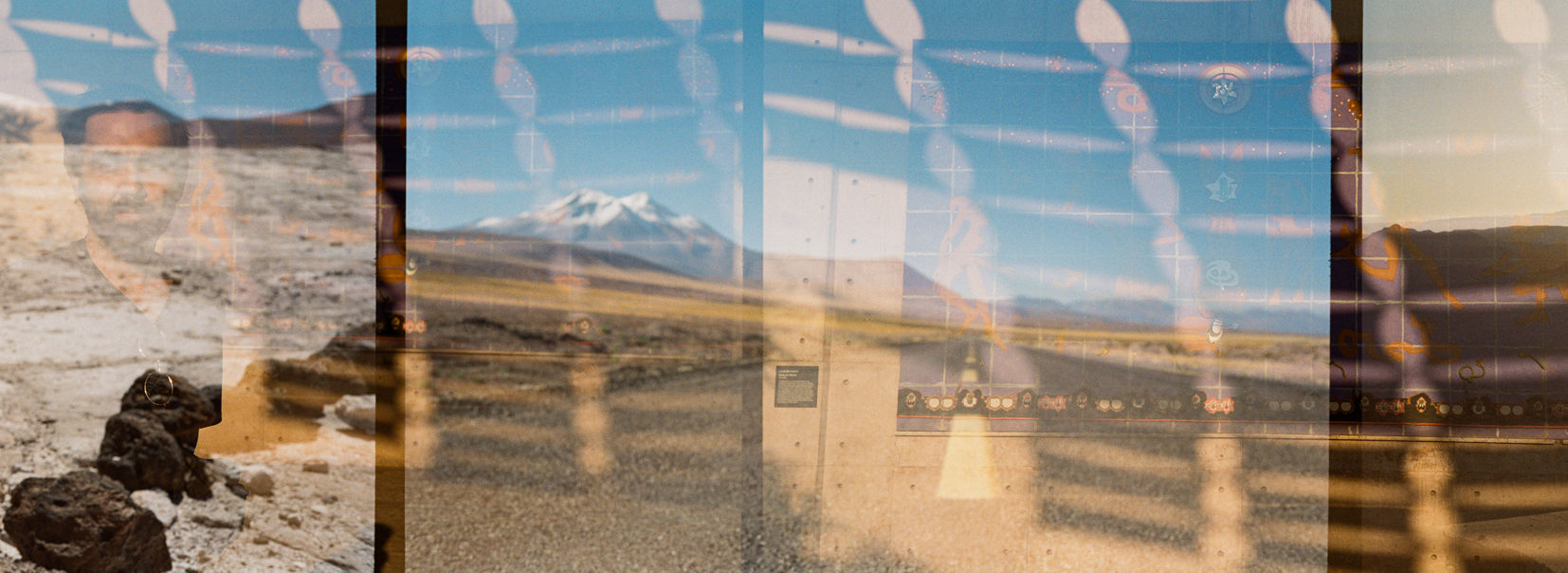
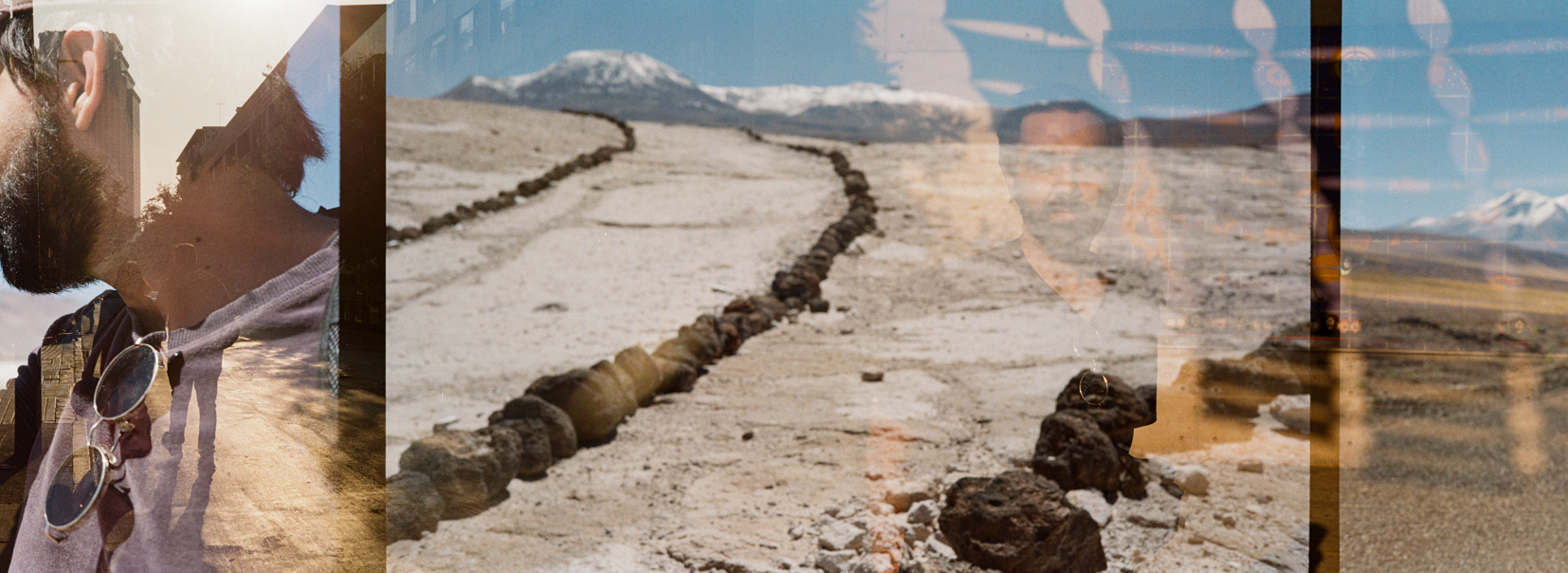
FROM THE INSIDE OUT
As a woman who has suffered from endometriosis since an early age, I decided to interact with my menstruation in a different way.
I started the project From the Inside Out in 2011 to visually document the monthly pains and experiences of my period. I started to explore my pain through artistic ways while engaging with feelings of empowerment and frustration. The project is still in development as I continue to document the fascinating changes that occur in my own body and observe how my menstruation is influenced by various external circumstances and treatments that I expose myself to.
From the Inside Out can be presented with still photographs, video segments and/or through a slide projector and a composed sound track. The slide projector displays eighty unique slides of photographs and hand-painted slides using my personal menstrual blood. The visuals are accompanied by a soundtrack, which adds a participatory element to the project. I have asked over four hundred different women to share the most disrespectful and painful statement that they have heard due to having endometriosis. One hundred different phrases have been selected and recorded to compose the soundtrack, which are mixed with recorded sounds from my own body.
The project aims to increase awareness of the complexities and beauties of a monthly menstrual cycle that many women experience. It also emphasizes that menstruation should smoothly flow from “the inside of women’s bodies, out,” while also cultivating a natural and safe dialogue from inside our bodies to the outside world.
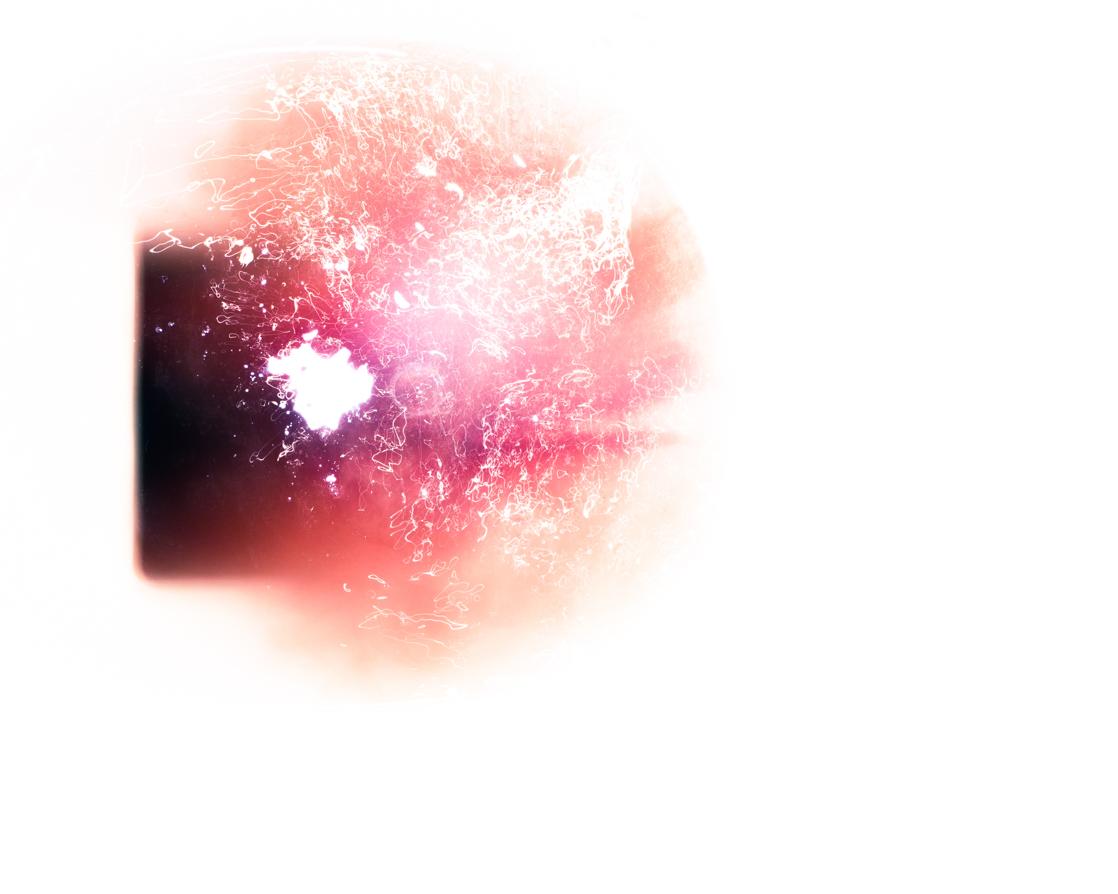
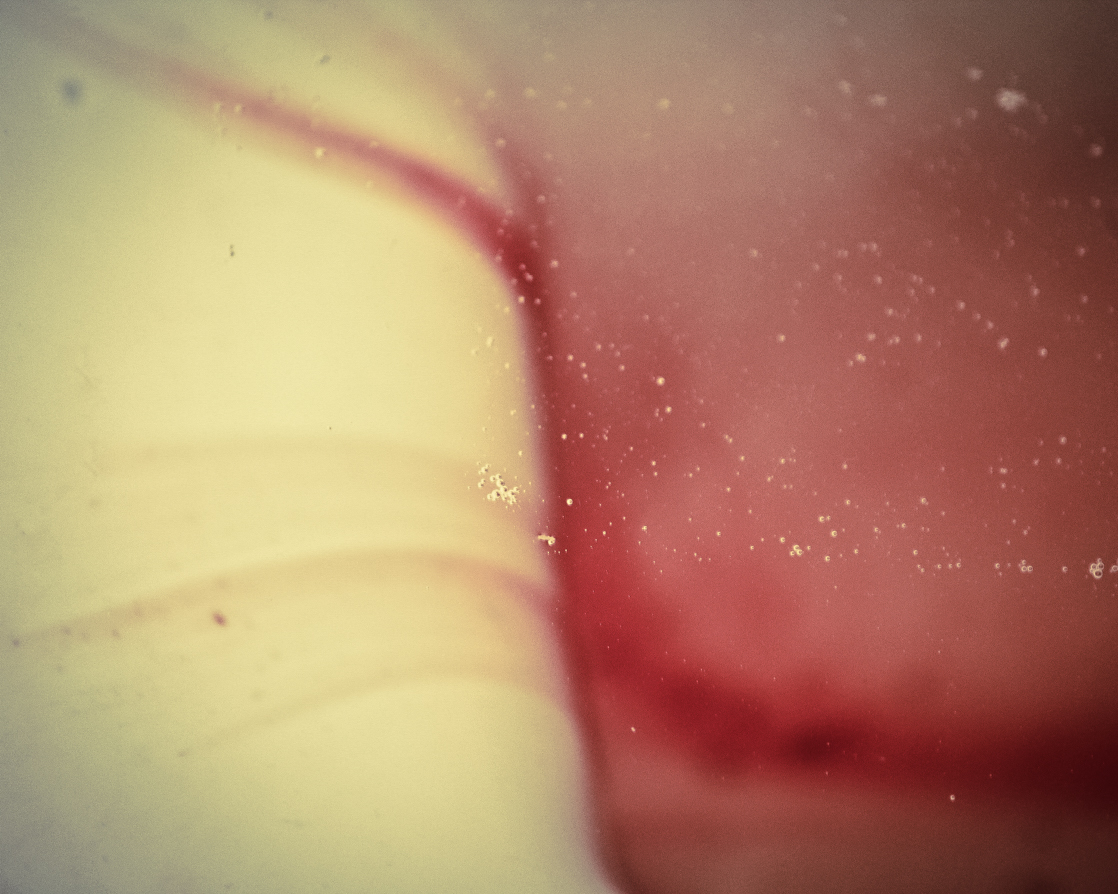
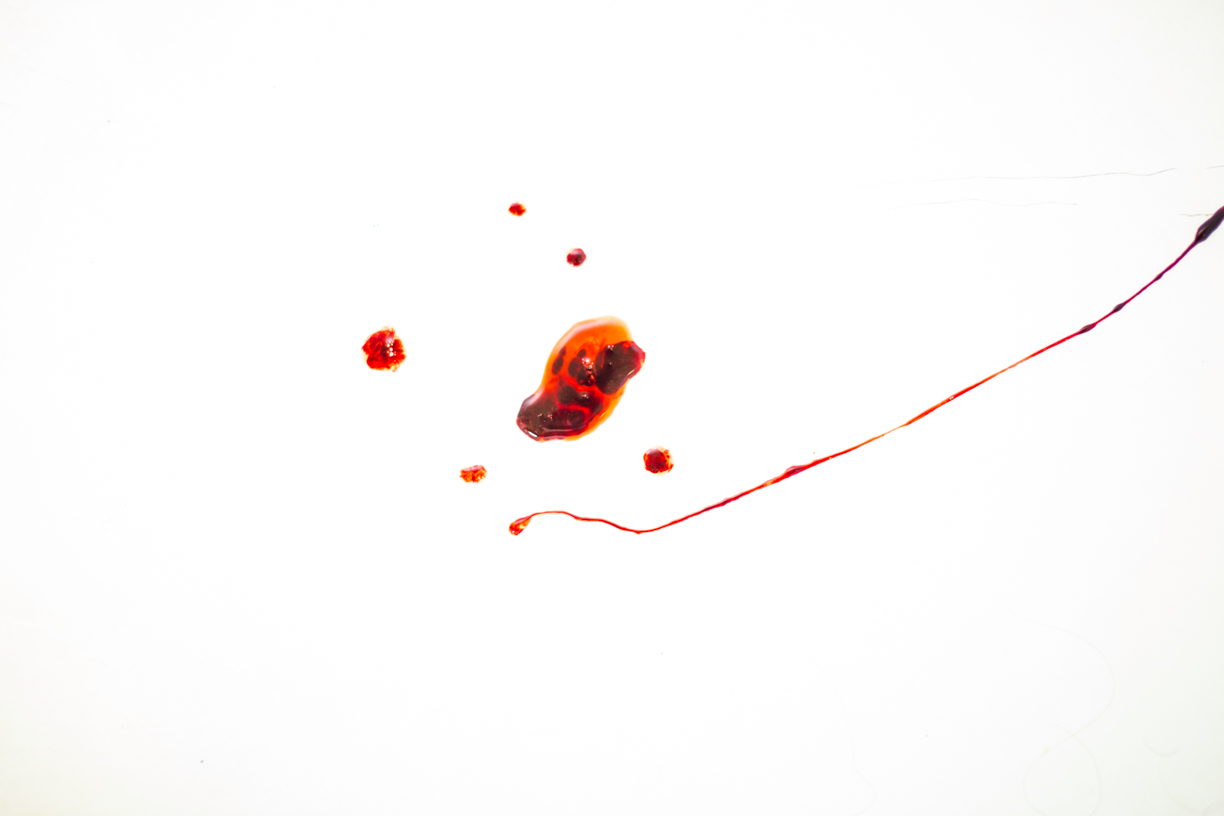
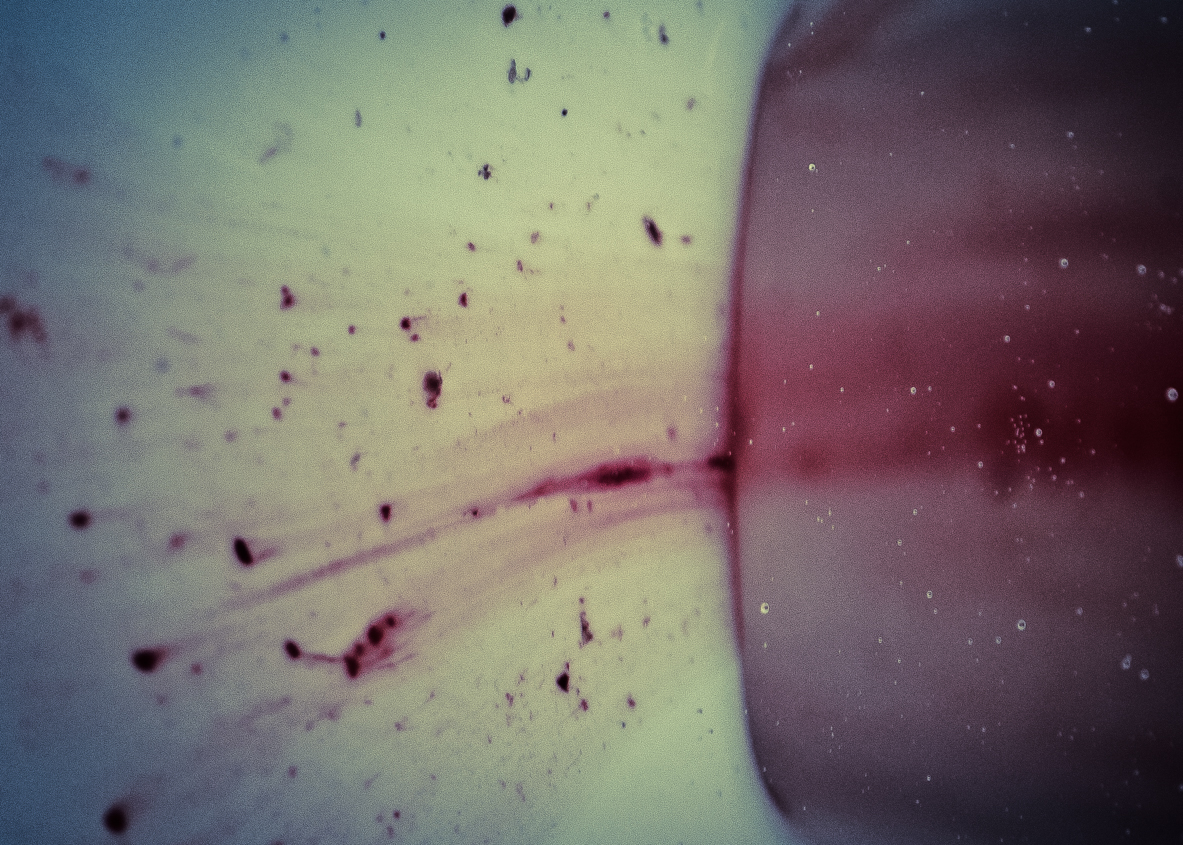
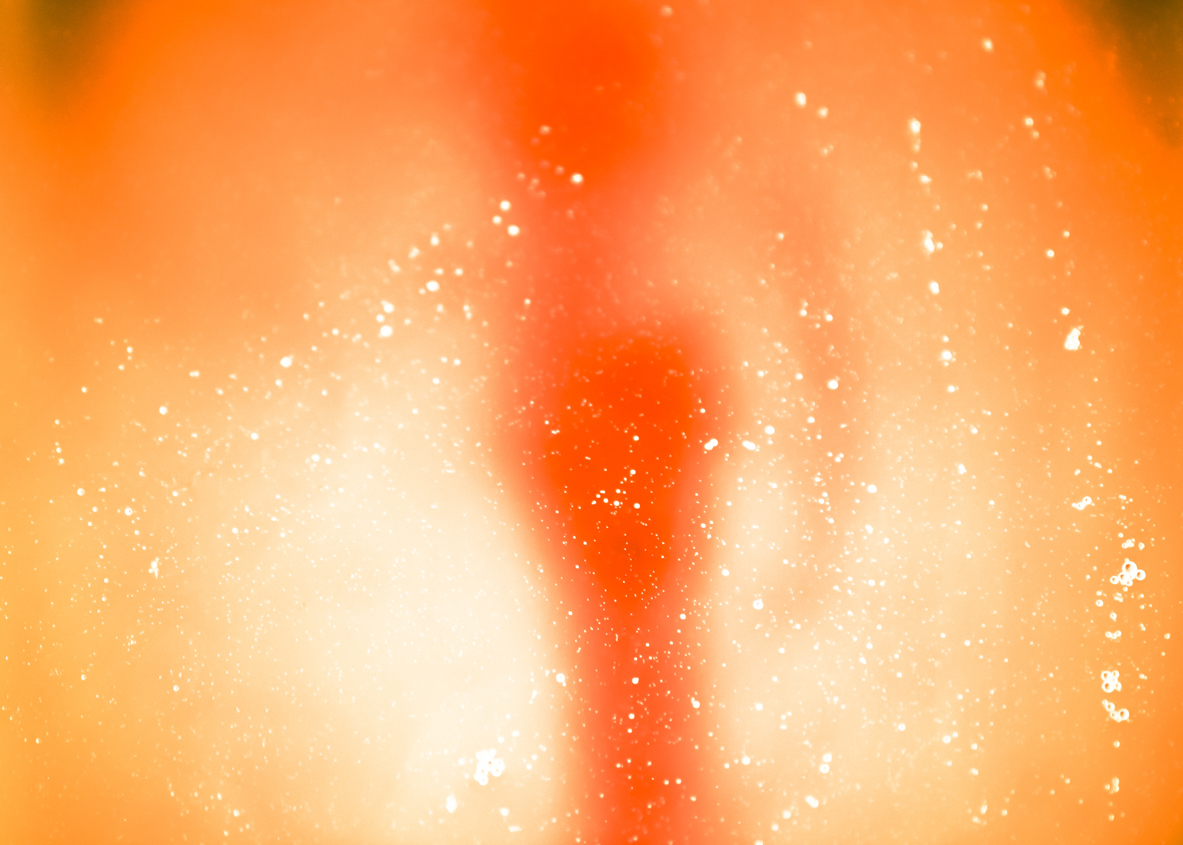

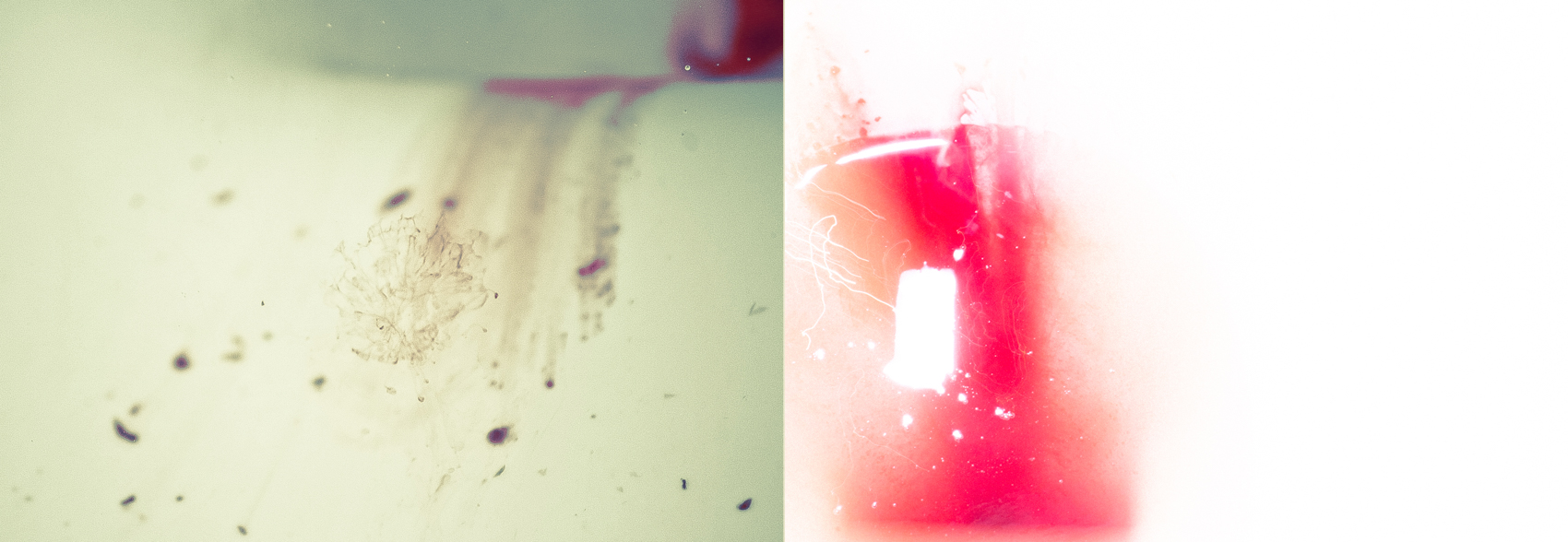
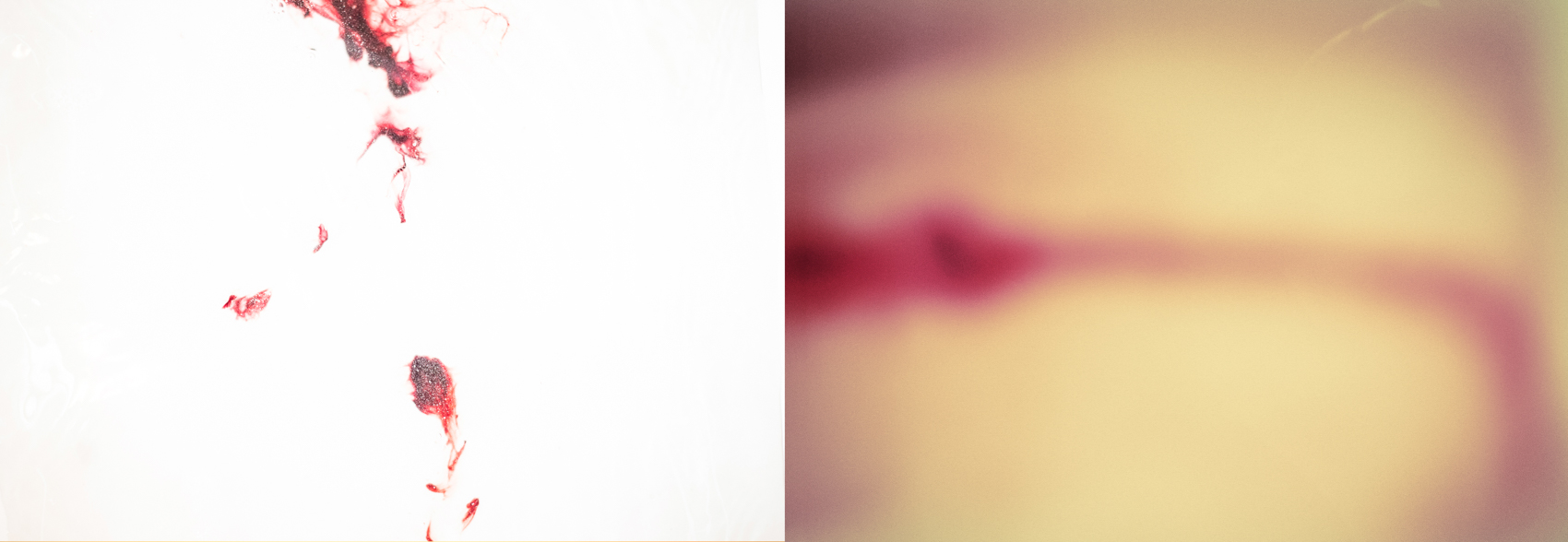
VISUAL PANCHAKARMA
A Visual Panchakarma is a project that consists of 19 self portraits that were taken during a panchakarma treatment in Chapada da Diamantina, Bahia, Brazil in January of 2018. The self portraits intended to capture the feelings and emotions I was going through during each day of the treatment as well as the physical changes that were occurring on my body.
*Panchakarma is an Ayurvedic intense treatment that lasted 19 days, which I decided to try as a way to fight against endometriosis.


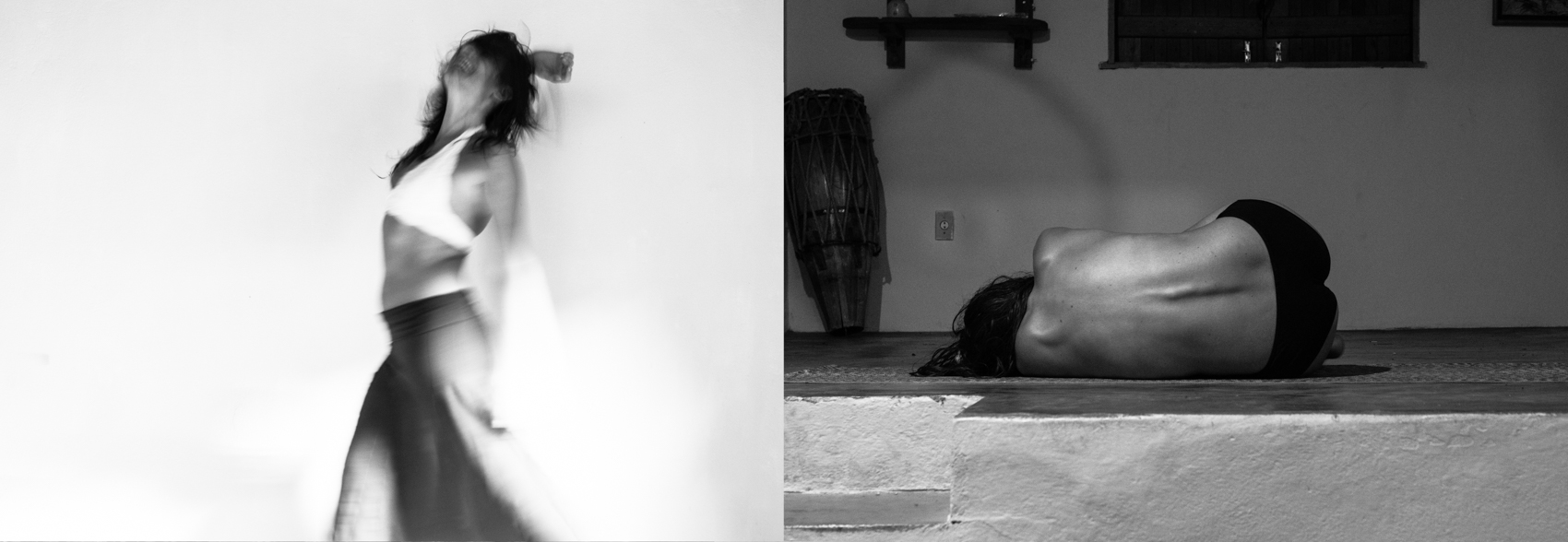
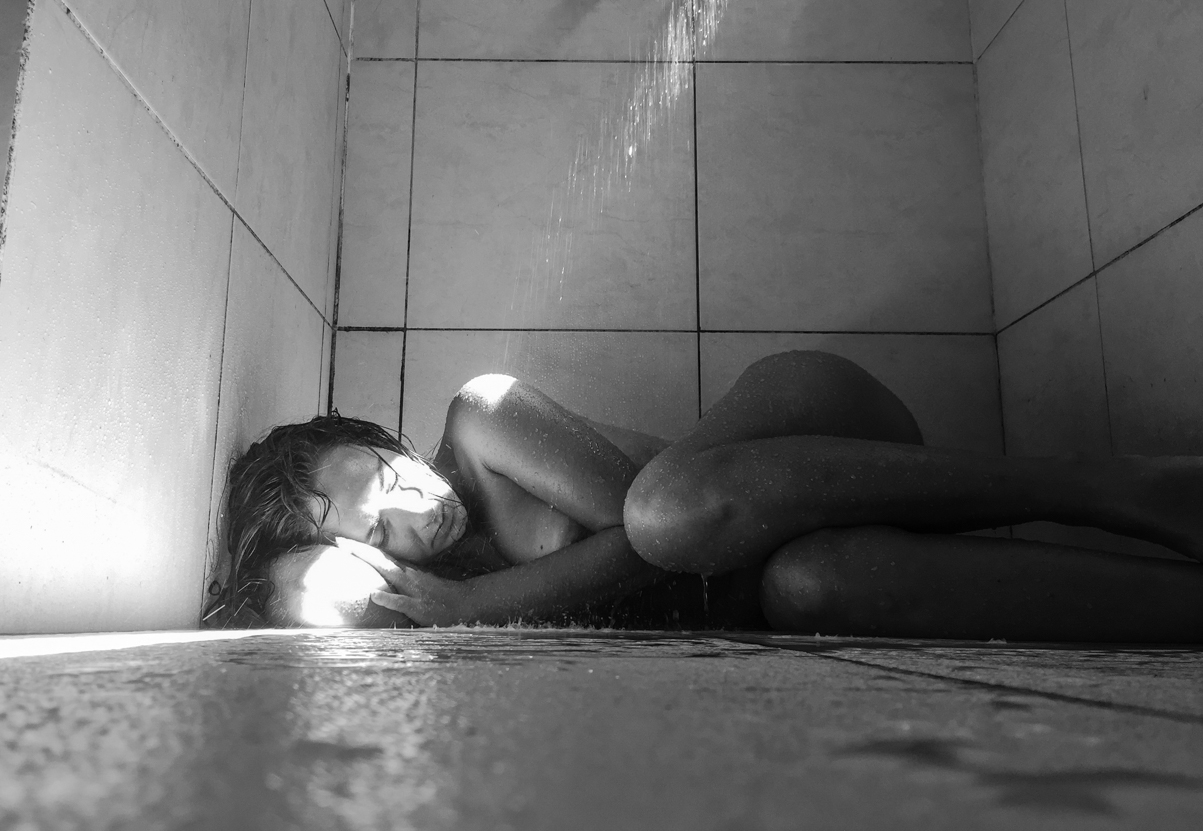
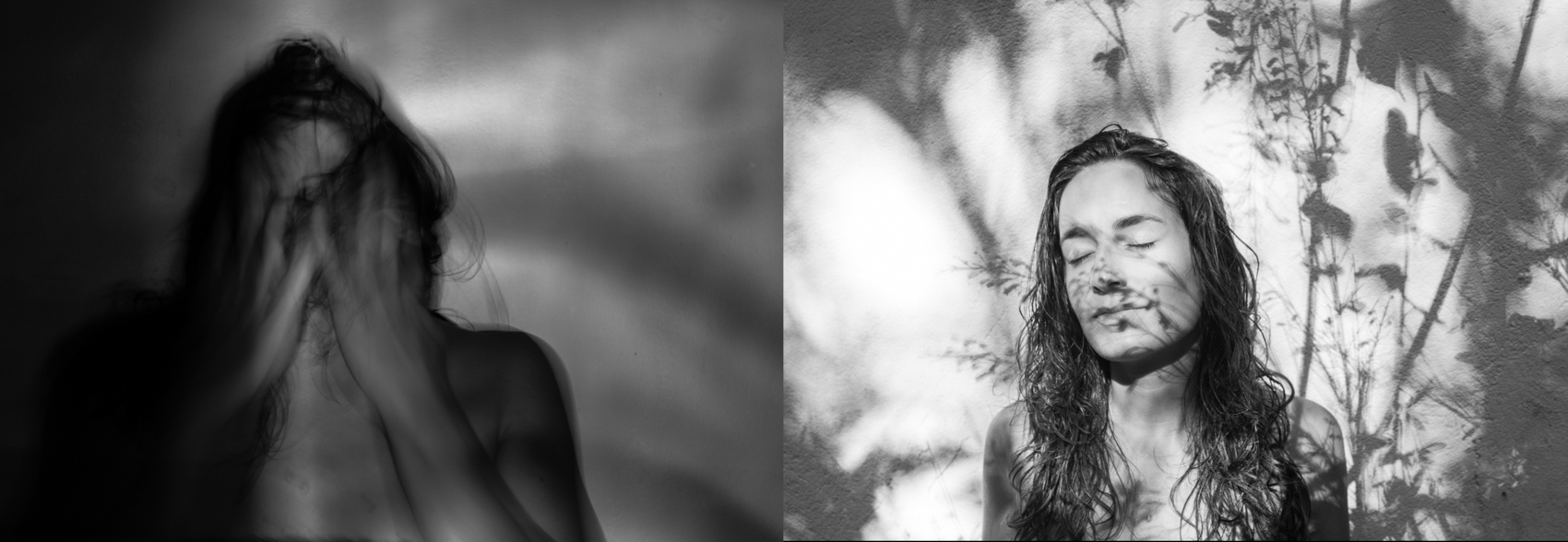
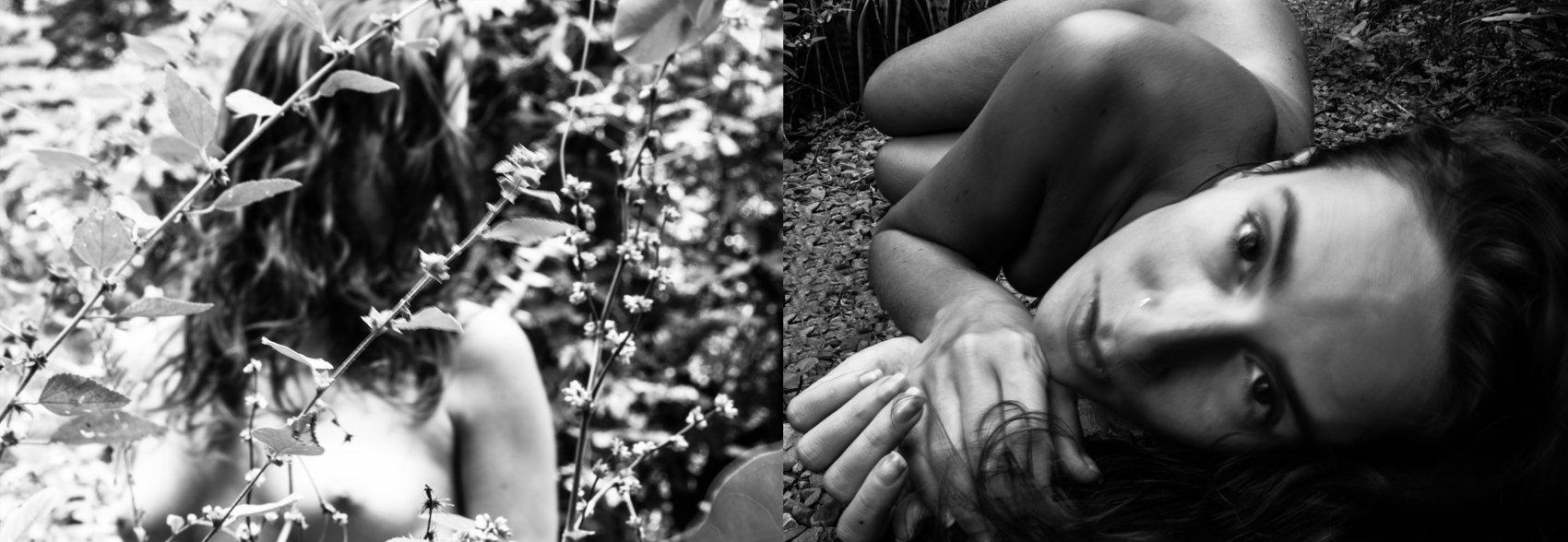
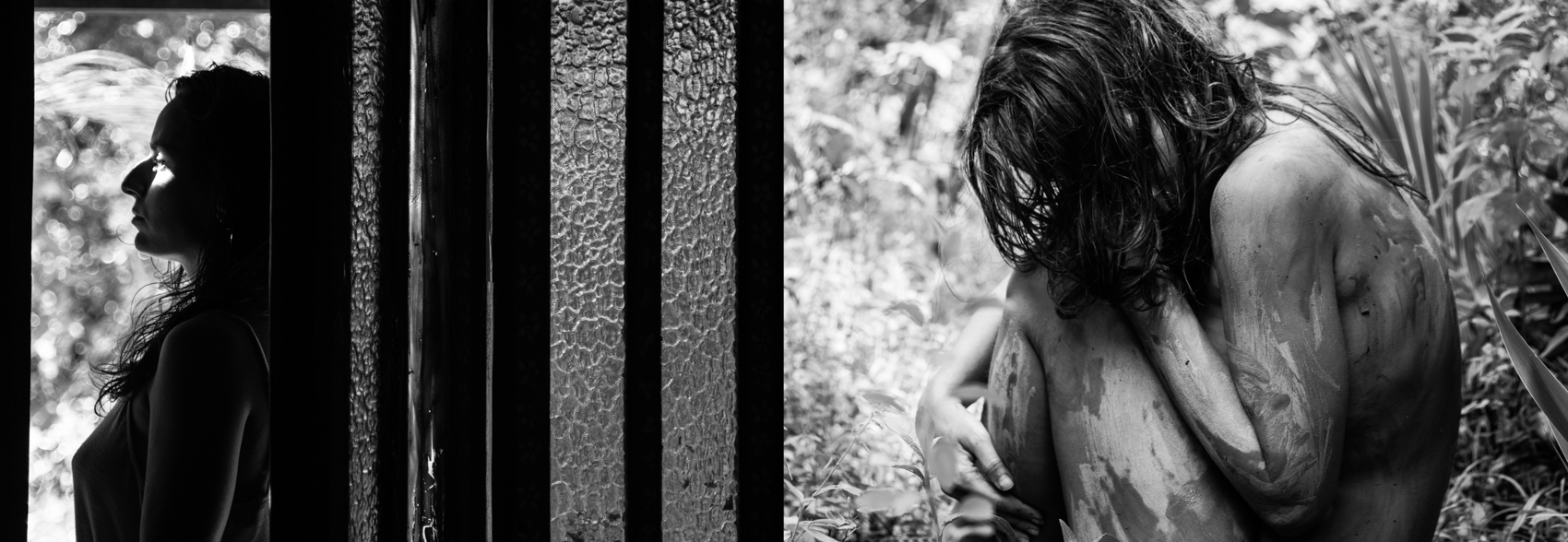
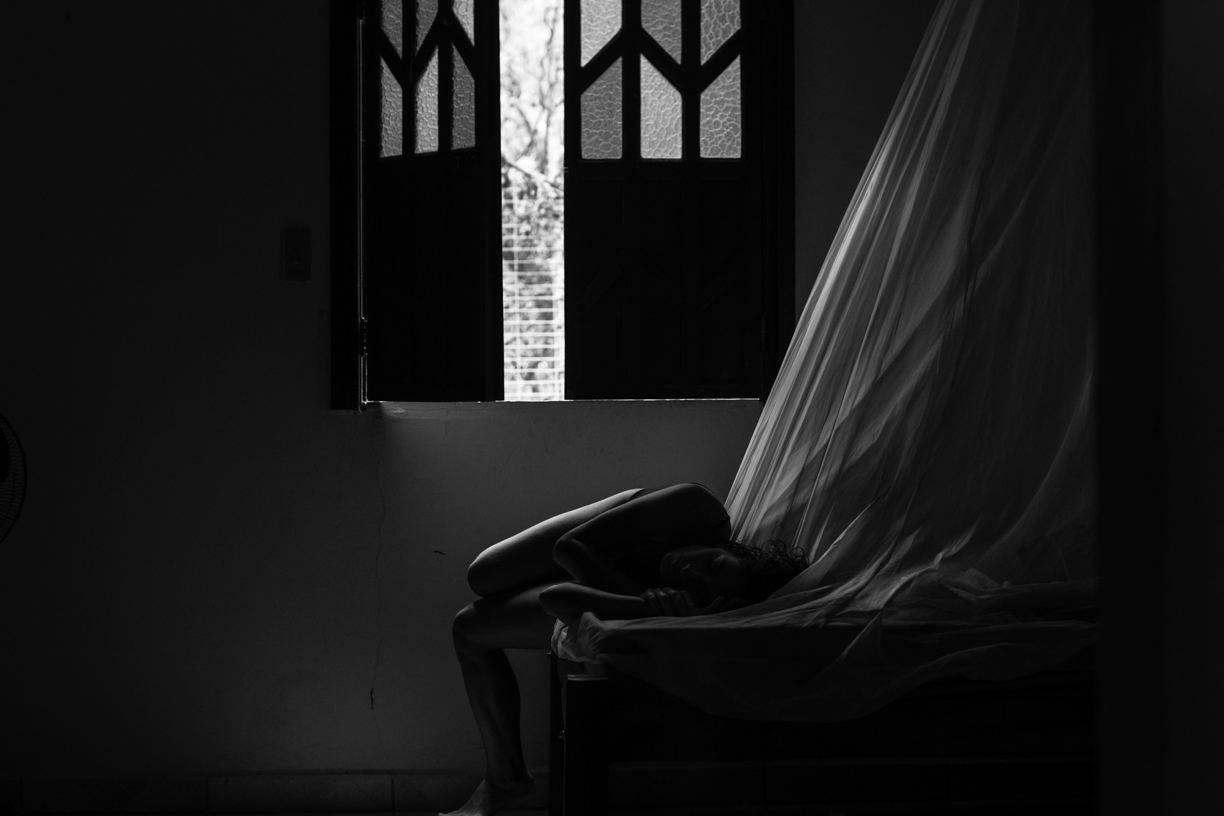

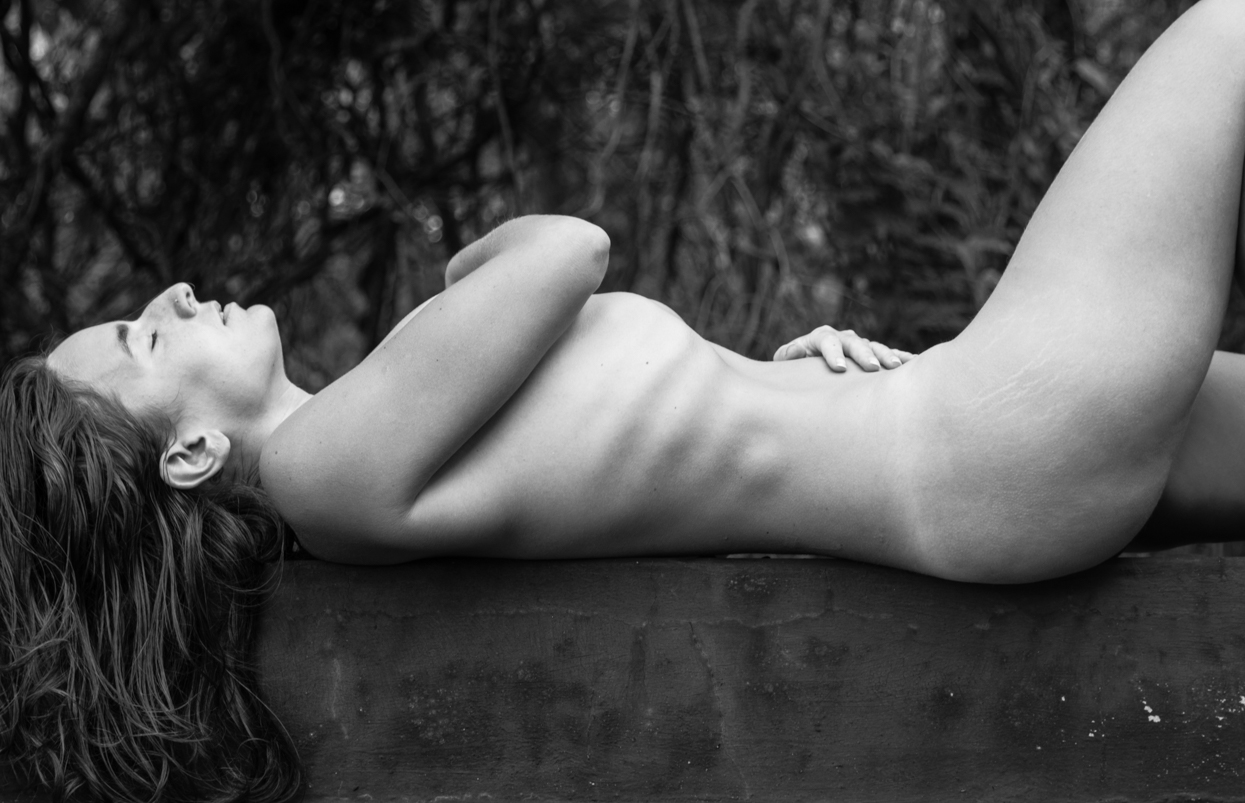
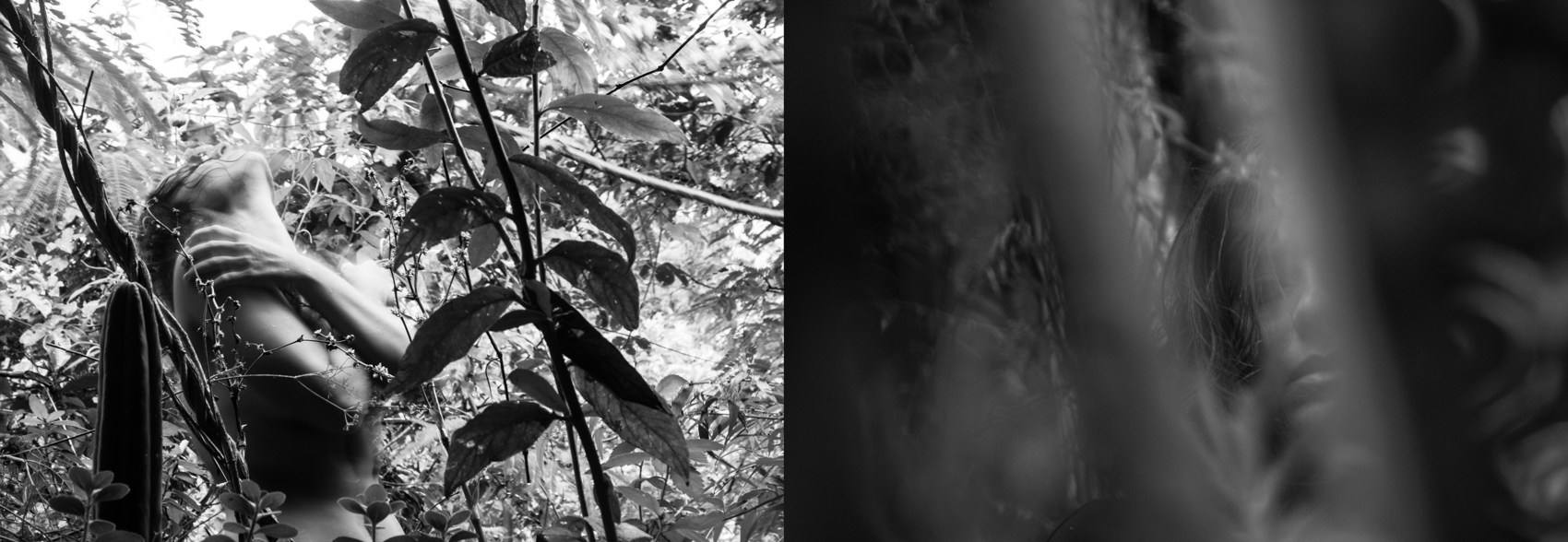
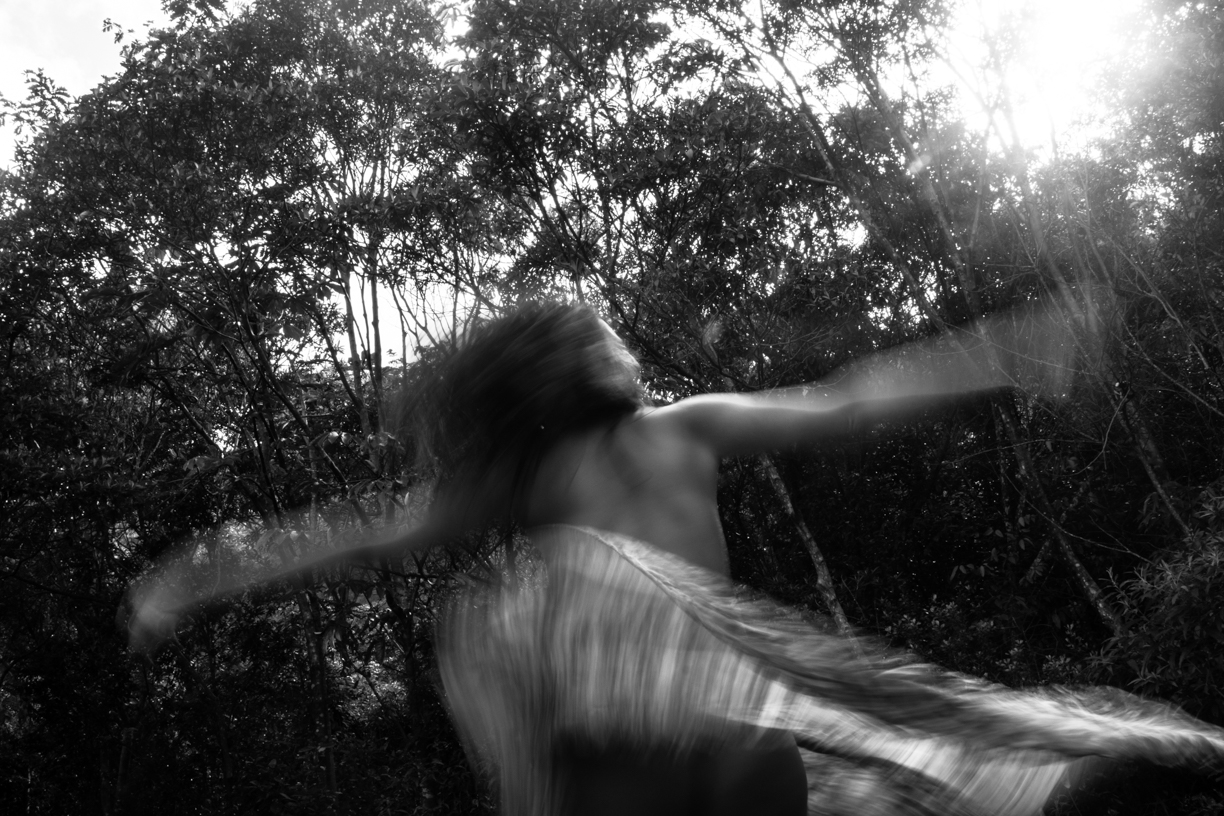
LAND IN SIGHT
Land in Sight is an experimental project shot on Super 8mm film in Brazil, in the states of Bahia, Pernambuco, Rio de Janeiro and São Paulo.The film begins with an image of Monte Pascoal, the first spotted land by the Portuguese, through which the colonization process was initiated and consequently, the extermination of the indigenous people. The film documents everyday moments that juxtapose with scenes of resistance from different indigenous communities during a protest in São Paulo. The film has the narration of Leila Rocha Guarani Nhandeva (indigenous leadership of Yvy Katu/ Porto Lindo; Guarani-Kaiowás- Mato Grosso do Sul).
The project can be presented as a solo short film, as well as an installation which utilizes a retro projector, a slide projector and headphones.
There are 84 slides with photos taken by Lívia of different indigenous communities and the Amazon. Lívia utilized blood and fire as tools to manipulate each single slide/photograph.
The retro projector uses ten different photos printed on transparent paper. Lívia does a live interaction with them by changing the photos, and painting on them live (also utilizing blood and other tools).
There are also headphones available for the audience to listen to sounds of the Amazon and of the indigenous people, which were recorded by Lívia throughout Brazil.
Lívia sets up a dropper that leaks a drop of blood every second (on a glass tray that is placed on top of the photo at the retro projector), and at the end of the presentation, the full photo is covered in blood.
All the techniques are meant to bring attention to the genocide that the indigenous people are suffering, while emphasizing that not a single drop of blood should be spilled.
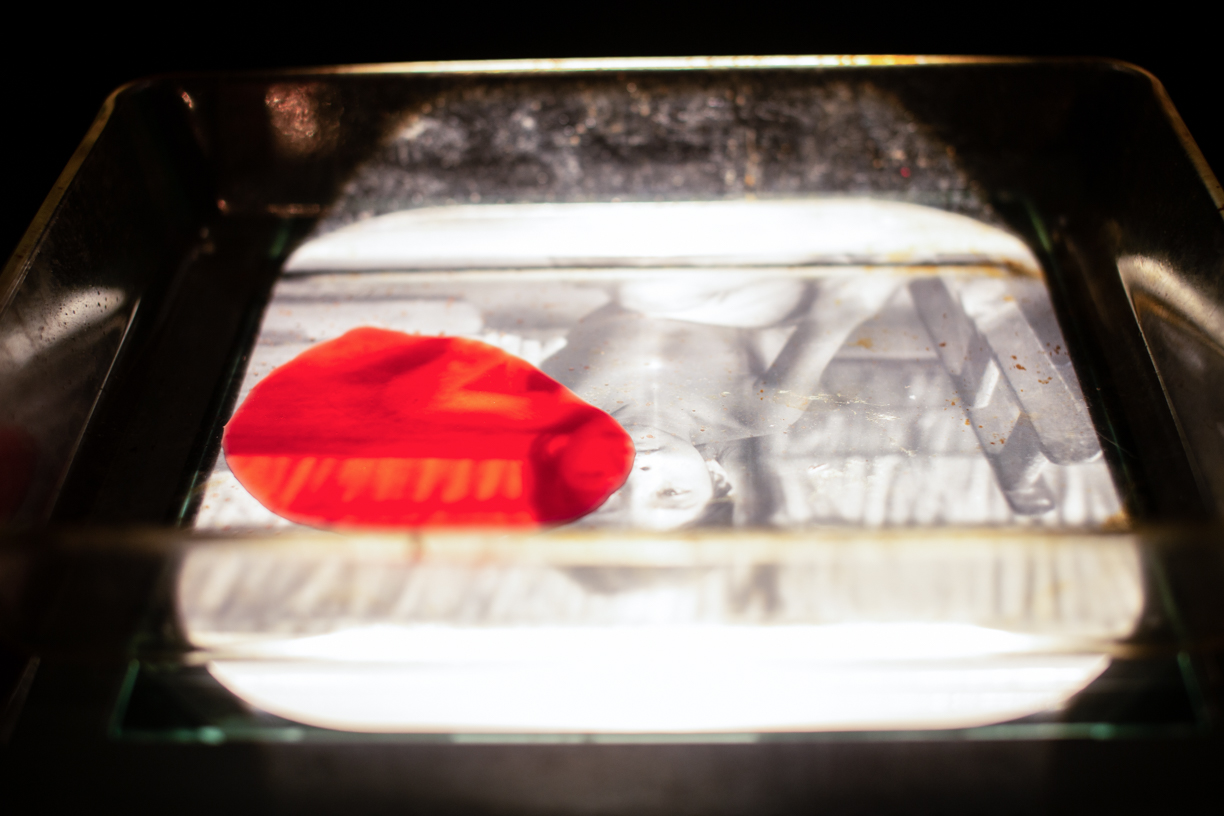
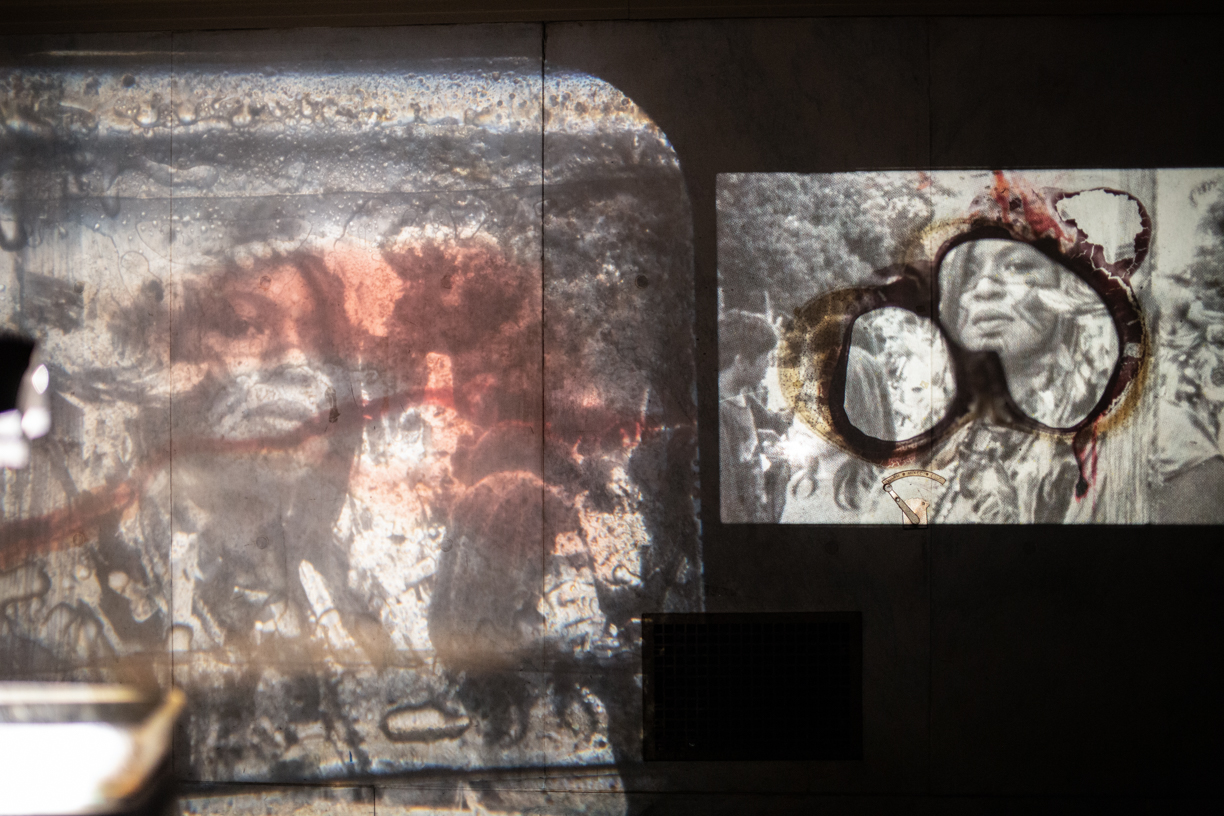
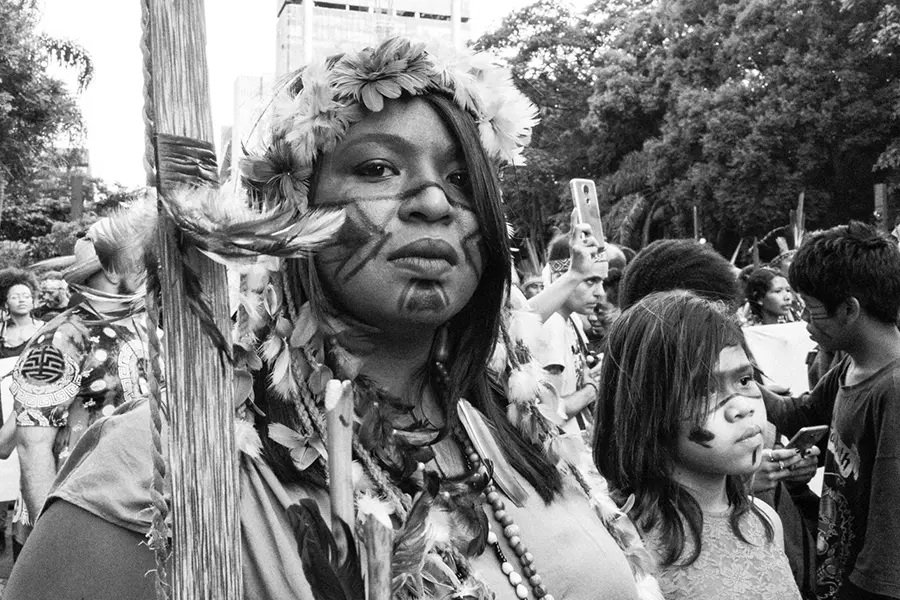
INVISIBLE
Invisible is a short film shot on Super 8mm film.
In the United States, many of the essential workers are undocumented immigrants, who do not receive fair wages and risk being deported at any moment. During the latest pandemic, they were also risking their lives while not getting any support or benefits from the American government. The invisible essentials.
CONFINED BODY
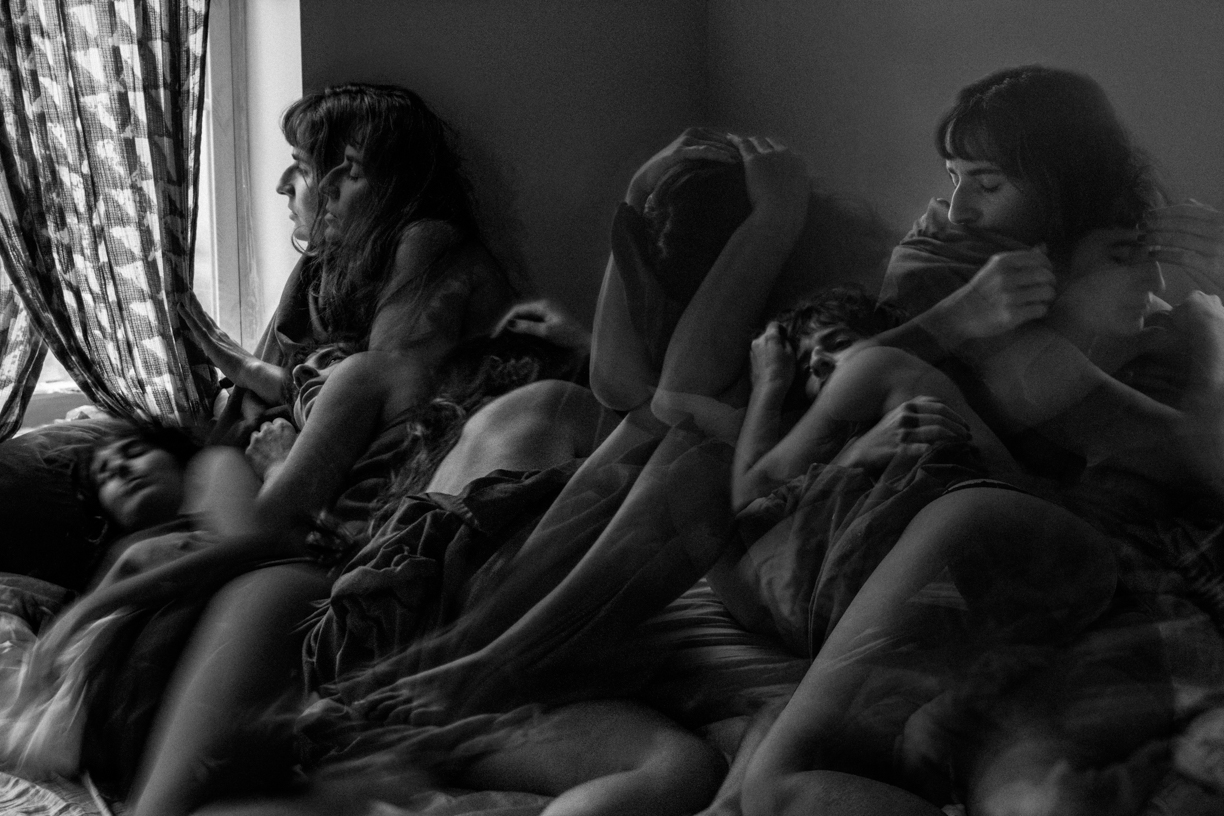

BEYOND IMAGES
An installation that is meant to create an experience about how it might feel to be in a protest that involves police intervention and brutality. This is done through the usage of a composed sound track in addition to light effects, which together impact the audience and places them in a different reality. For those who have been in a protest, this experience brings memories and evokes different feelings that might have been experienced before. For the ones who have never been in a protest (in a smaller scale), this experience lets them imagine how it might be to be in a protest that goes through police intervention and repression.
The installation was developed to impact individuals through an approach that goes beyond images. It intends to not only awaken different emotions, but also stimulate people to reflect about police actions during protests around the world.
Technical Aspects: The installation has one projector, three headphones and three goggles and it can be experienced by up to three people simultaneously. The googles let light through, but it doesn’t let the participant see clear images. The people wear headphones while facing the projector as a 4- minute video plays.
Audio and visuals: The audio track has been carefully composed by Lívia and it includes audio from many different protests, including, but not limited to: OWS, June protests in Brazil, Arab Spring, Ferguson protest, among others. Lívia has also developed the video, which explores lights, colors, shapes and moving images that are synchronized with the audio. The audience must be wearing headphones (instead of the audio coming from speakers) considering that the audio track has been composed to create a special dimension, which is only fully experienced if listened through headphones.
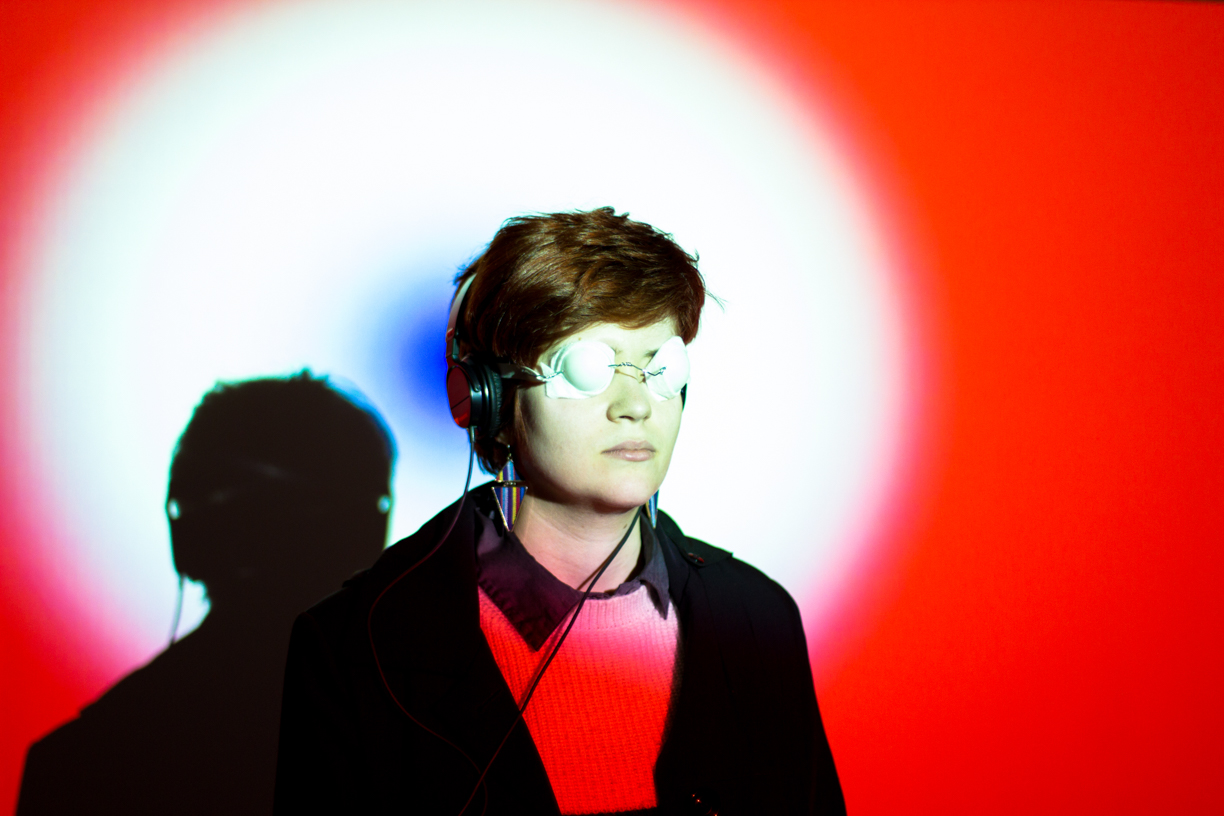


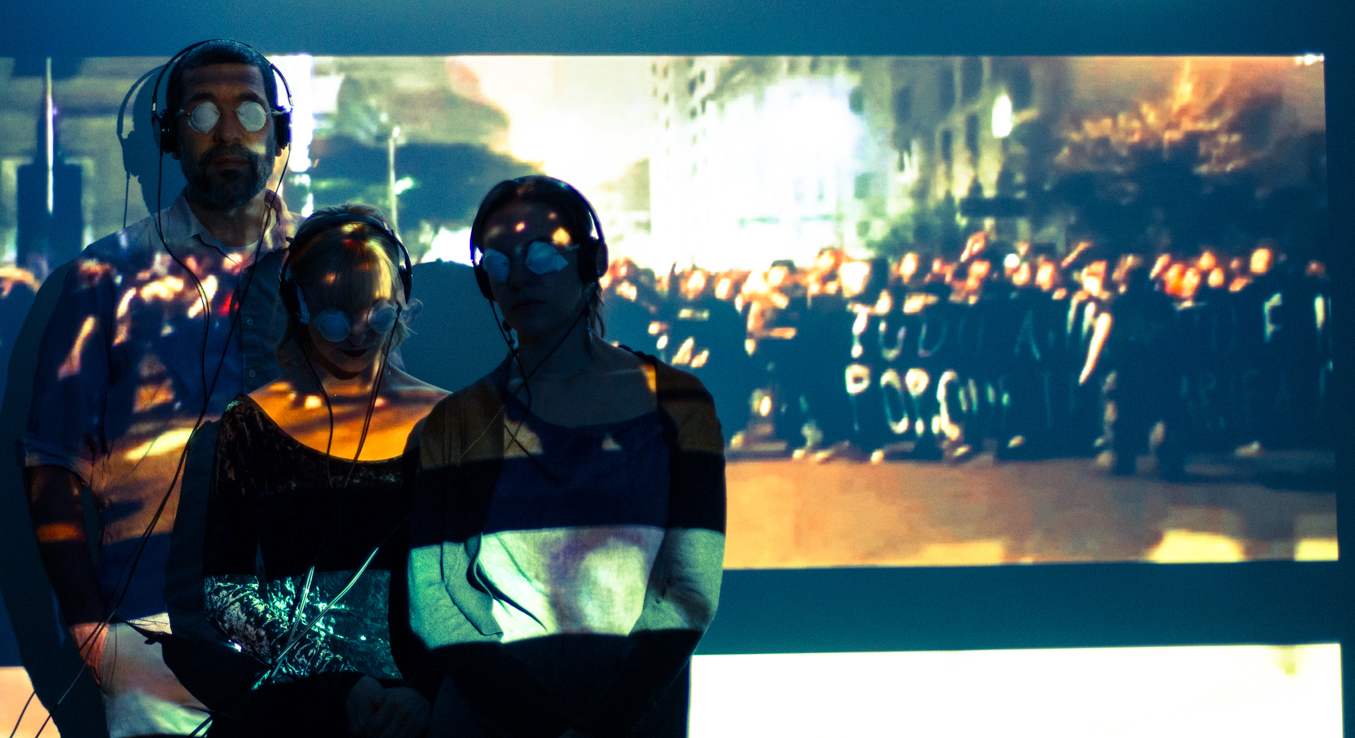
-+=Oo.
Minus plus equals the integration of different shapes, which transform themselves while becoming one and many. This is a handmade 16mm dual projection that explores the negative and positive spaces as well as the reuse of residual film material, which eventually turns into underwater particles.
ÁLAMO














DISTANT MEMORIES
Distant Memories is a participatory multimedia project that builds on the feelings and memories of Brazilians living outside of Brazil during specific years and events.
The project started in 2016, with its first version called, Distant Memories of a Coup.
The second segment of the project, Distant Memories of Asphyxias, took place in 2021.
Distant Memories combines poetic, experimental, participatory, and observational approaches and builds on participants’ personal reflections through postcards, audio interviews, and Super 8mm footage. Each of these mediums explores participants’ memories and feelings about living in exile during the political crises.
Any Brazilian residing anywhere outside of Brazil was invited to participate.
The project serves as a repository for the feelings and memories of these Brazilians living abroad during the political crisis. In addition to serving as a collective historical archive, it also aims to empower and connect those who share similar thoughts and emotions.
Distant Memories of a Coup
2016 was when the then-president Dilma Rousseff was impeached for breaking budgetary laws. This was a highly-contested political event, with many Brazilians opposing Rousseff’s impeachment and seeing it as a coup d’état that infringed Brazil’s democratic system.
The participants varied in age, region of origin in Brazil, country of current residence, and time living abroad. In total, 72 people participated in the first phase of the project. All of them opposed the impeachment process of Dilma Rousseff and were given the choice to remain anonymous or sign their post cards.










DOUBLE CHILE











FROM THE INSIDE OUT
As a woman who has suffered from endometriosis since an early age, I decided to interact with my menstruation in a different way.
I started the project From the Inside Out in 2011 to visually document the monthly pains and experiences of my period. I started to explore my pain through artistic ways while engaging with feelings of empowerment and frustration. The project is still in development as I continue to document the fascinating changes that occur in my own body and observe how my menstruation is influenced by various external circumstances and treatments that I expose myself to.
From the Inside Out can be presented with still photographs, video segments and/or through a slide projector and a composed sound track. The slide projector displays eighty unique slides of photographs and hand-painted slides using my personal menstrual blood. The visuals are accompanied by a soundtrack, which adds a participatory element to the project. I have asked over four hundred different women to share the most disrespectful and painful statement that they have heard due to having endometriosis. One hundred different phrases have been selected and recorded to compose the soundtrack, which are mixed with recorded sounds from my own body.
The project aims to increase awareness of the complexities and beauties of a monthly menstrual cycle that many women experience. It also emphasizes that menstruation should smoothly flow from “the inside of women’s bodies, out,” while also cultivating a natural and safe dialogue from inside our bodies to the outside world.








VISUAL PANCHAKARMA
A Visual Panchakarma is a project that consists of 19 self portraits that were taken during a panchakarma treatment in Chapada da Diamantina, Bahia, Brazil in January of 2018. The self portraits intended to capture the feelings and emotions I was going through during each day of the treatment as well as the physical changes that were occurring on my body.
*Panchakarma is an Ayurvedic intense treatment that lasted 19 days, which I decided to try as a way to fight against endometriosis.












LAND IN SIGHT
Land in Sight is an experimental project shot on Super 8mm film in Brazil, in the states of Bahia, Pernambuco, Rio de Janeiro and São Paulo.The film begins with an image of Monte Pascoal, the first spotted land by the Portuguese, through which the colonization process was initiated and consequently, the extermination of the indigenous people. The film documents everyday moments that juxtapose with scenes of resistance from different indigenous communities during a protest in São Paulo. The film has the narration of Leila Rocha Guarani Nhandeva (indigenous leadership of Yvy Katu/ Porto Lindo; Guarani-Kaiowás- Mato Grosso do Sul).
The project can be presented as a solo short film, as well as an installation which utilizes a retro projector, a slide projector and headphones.
There are 84 slides with photos taken by Lívia of different indigenous communities and the Amazon. Lívia utilized blood and fire as tools to manipulate each single slide/photograph.
The retro projector uses ten different photos printed on transparent paper. Lívia does a live interaction with them by changing the photos, and painting on them live (also utilizing blood and other tools).
There are also headphones available for the audience to listen to sounds of the Amazon and of the indigenous people, which were recorded by Lívia throughout Brazil.
Lívia sets up a dropper that leaks a drop of blood every second (on a glass tray that is placed on top of the photo at the retro projector), and at the end of the presentation, the full photo is covered in blood.
All the techniques are meant to bring attention to the genocide that the indigenous people are suffering, while emphasizing that not a single drop of blood should be spilled.



INVISIBLE
Invisible is a short film shot on Super 8mm film.
In the United States, many of the essential workers are undocumented immigrants, who do not receive fair wages and risk being deported at any moment. During the latest pandemic, they were also risking their lives while not getting any support or benefits from the American government. The invisible essentials.
CONFINED BODY


BEYOND IMAGES
An installation that is meant to create an experience about how it might feel to be in a protest that involves police intervention and brutality. This is done through the usage of a composed sound track in addition to light effects, which together impact the audience and places them in a different reality. For those who have been in a protest, this experience brings memories and evokes different feelings that might have been experienced before. For the ones who have never been in a protest (in a smaller scale), this experience lets them imagine how it might be to be in a protest that goes through police intervention and repression.
The installation was developed to impact individuals through an approach that goes beyond images. It intends to not only awaken different emotions, but also stimulate people to reflect about police actions during protests around the world.
Technical Aspects: The installation has one projector, three headphones and three goggles and it can be experienced by up to three people simultaneously. The googles let light through, but it doesn’t let the participant see clear images. The people wear headphones while facing the projector as a 4- minute video plays.
Audio and visuals: The audio track has been carefully composed by Lívia and it includes audio from many different protests, including, but not limited to: OWS, June protests in Brazil, Arab Spring, Ferguson protest, among others. Lívia has also developed the video, which explores lights, colors, shapes and moving images that are synchronized with the audio. The audience must be wearing headphones (instead of the audio coming from speakers) considering that the audio track has been composed to create a special dimension, which is only fully experienced if listened through headphones.



